Hood in the kitchen - (70 photos)
In order to make your kitchen cleaner and fresher, it is recommended to purchase a range hood. But will it fit your interior? How will she look? Let's look at examples of hoods in the kitchen in the photo.
Useful properties of the hood
Many people believe that buying a hood is pointless. Let's see - why do you need a hood in the kitchen?
In the process of cooking, often not the most useful fumes are emitted. To a greater extent this applies to gas stoves, because carbon dioxide is produced during their operation. But electric stoves emit a lot of pollution, most of all fat. It is necessary to get rid of these pollution as soon as possible.
In the process of cooking, another problem appears - smells. Many products have an unpleasant odor when cooking. For example, many people don’t like the smell of fish. In addition, it is very caustic, getting rid of it is not easy.
Walls, ceiling, furniture are badly damaged due to settled fat. You can wash the furniture and ceiling, but what to do with the walls and ceiling. Due to pollution and fumes, you will repair much more often, because the wallpaper will turn yellow and lose its appearance.
In order not to encounter such problems, you need to purchase a hood.
Types of hoods
Let's see what types of hoods exist. This will help you understand which hood is right for you.
Classic range hood
This hood is small and false placed above the stove. It can be placed openly or hidden in a closet. A classic range hood is considered the most affordable due to its low cost.
Built-in hood for the kitchen
The main advantage of the built-in hood in the kitchen is that it is not visible and, accordingly, it does not spoil the view. This hood is installed directly in the cabinet above the stove. Built-in range hood is the best range hood small kitchenon which every centimeter is important.
Dome hood
The hood is installed in an overhang position above the stove. There are various forms of dome hoods. In addition, the hood hood is both straight and inclined. Inclined hoods are very popular at present.
Benefits of Inclined Hoods:
- Noiselessness
- Compactness
- Touch control
- Easy assembly
Having acquired such a hood, the question “How to install a hood” will not arise before you, because this can easily be done independently.
Retractable hood
The second name for this hood is telescopic. Using a special mechanism, it extends above the stove. They take up little space and do not connect to the duct.
Island hood
Such a hood is attached to the ceiling and directly above the stove. If the ceiling is high, then a hood should be bought more powerful. This hood is well suited for private homes with high ceilings.
Types of filters for hoods
All hoods must have filters. Your exhaust hood or not plays a role here with a tap into the ventilation. Let's see what filters are in general.
Oil filters
These filters are needed to cleanse the fats released during cooking. Once the fat has cooled, it becomes sticky dirt with an unpleasant odor, which is very difficult to clean. Such dirt not only spoils the look of your kitchen, but also harms the hood motor. In order for the hood to serve you for many years, you need to purchase oil traps.
Oil filters are divided into two types: disposable and reusable.
Disposable filters are made of acrylic, non-woven or synthetic winterizer. They look like a rug in appearance. If contaminated, the filter must be replaced with a new one. Such filters cannot be washed, as the hood will deteriorate.
Reusable hoods must not be replaced. They will serve you exactly as much as the hood itself. In appearance, such hoods are similar to a metal grill. The reusable filter is recommended to be washed regularly.
Carbon filters
Carbon filters are based on activated carbon. Thanks to him, the air is cleared in the kitchen.
The main purpose of carbon filters is to eliminate odors. Such filters reduce the power of the hood by 20%. Do not use a charcoal filter for longer than 3 months.
Communication Connection
By connections and hoods can be divided into 2 types:
- With duct
The operation of an exhaust hood for a kitchen with an outlet involves the removal of air into the ventilation or to the street. Thanks to the air duct, the air exchange is much higher, but in winter you will lose heat along with pollution.
- No duct
Hoods for the kitchen without exhaust work with the use of filters. Thus, the heat in the kitchen will remain, but it will not work to completely remove pollution.


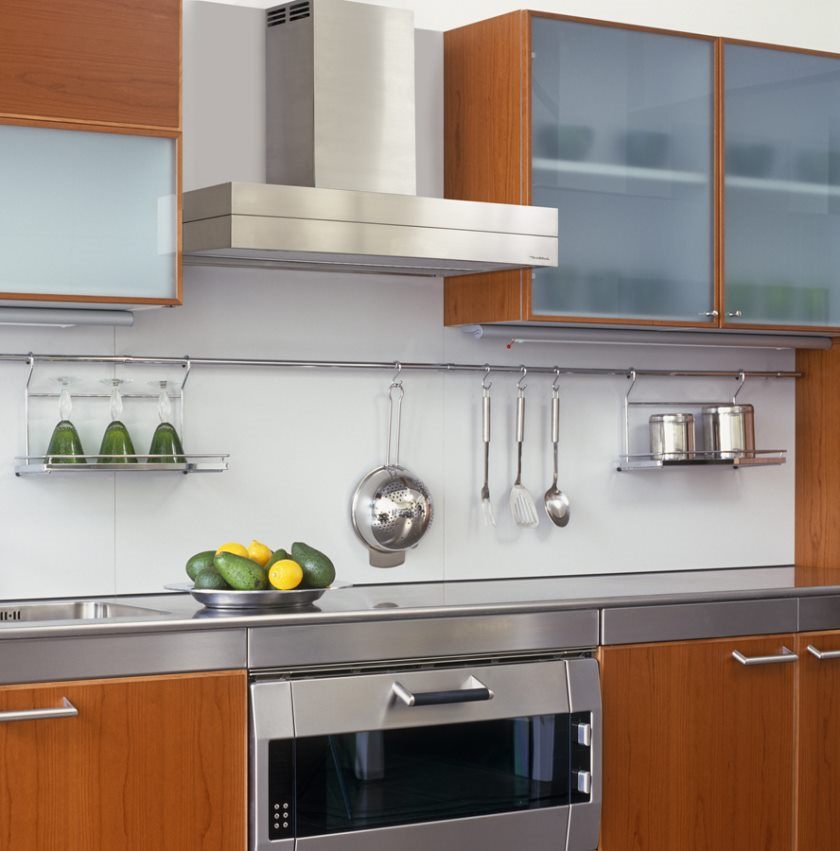
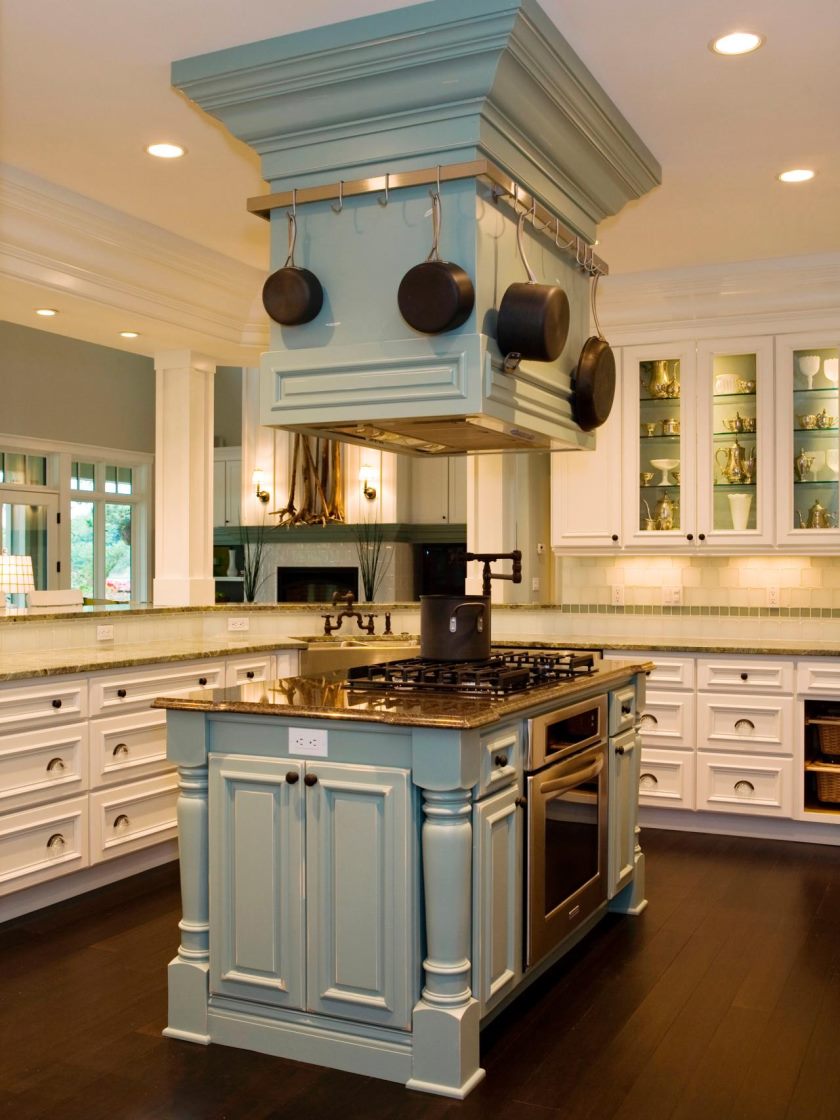
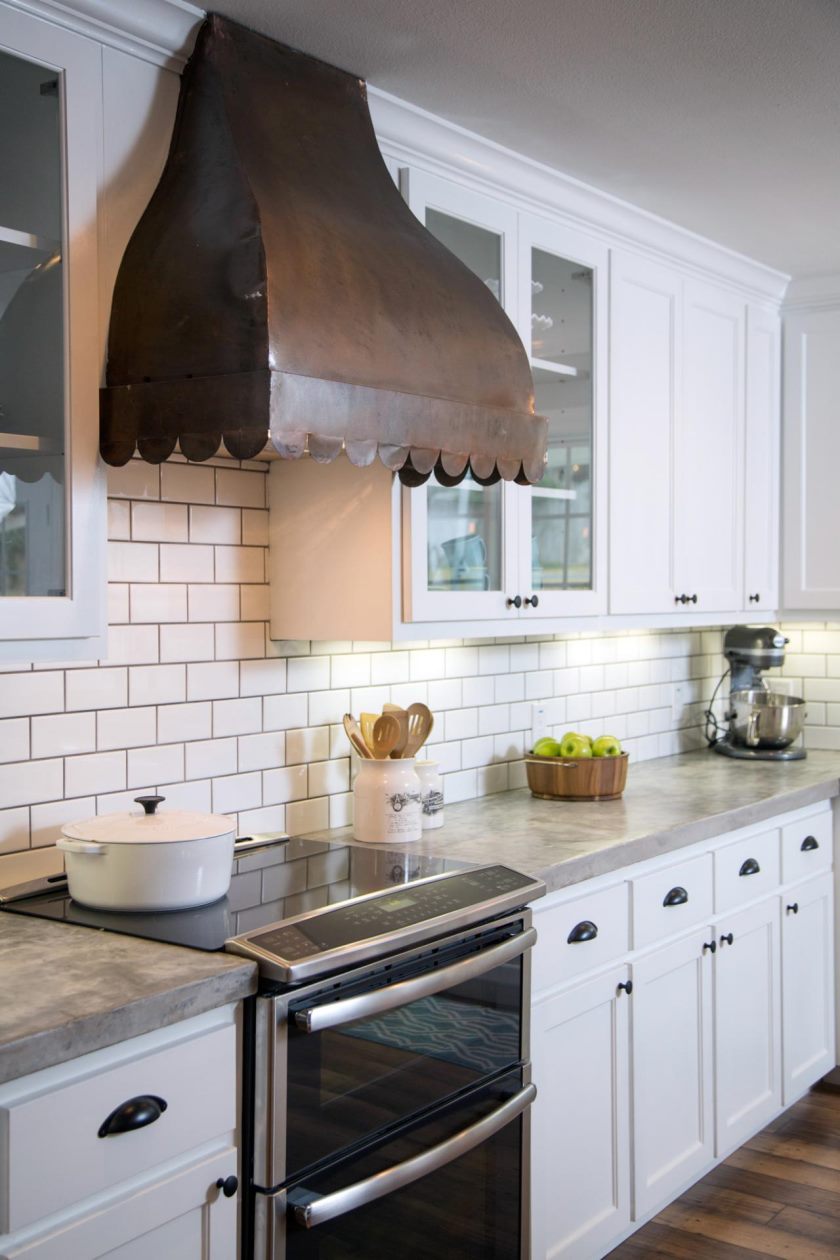
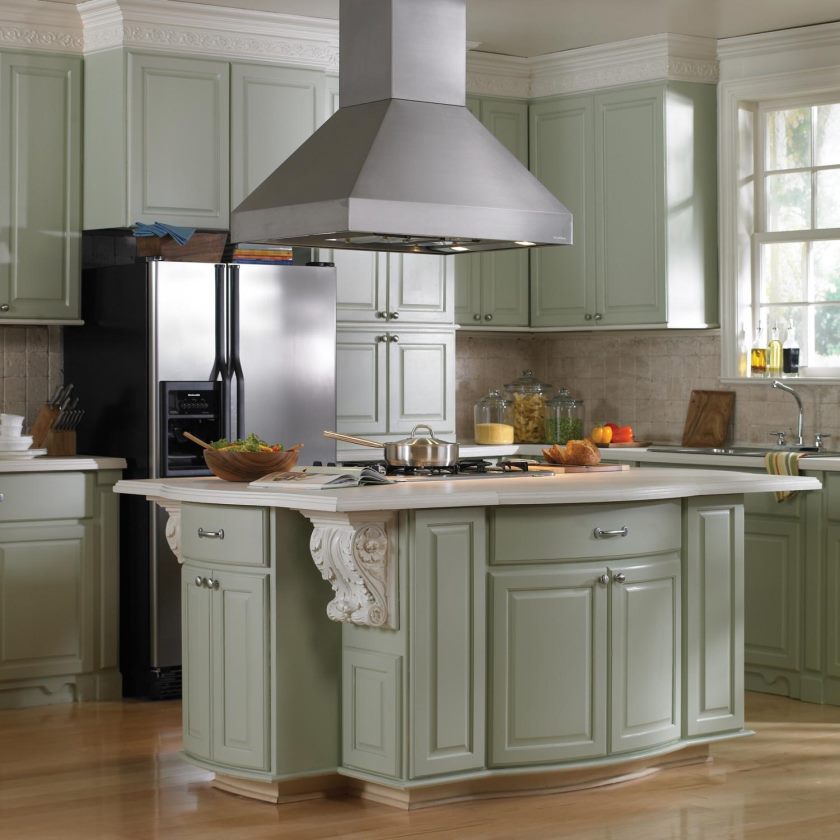
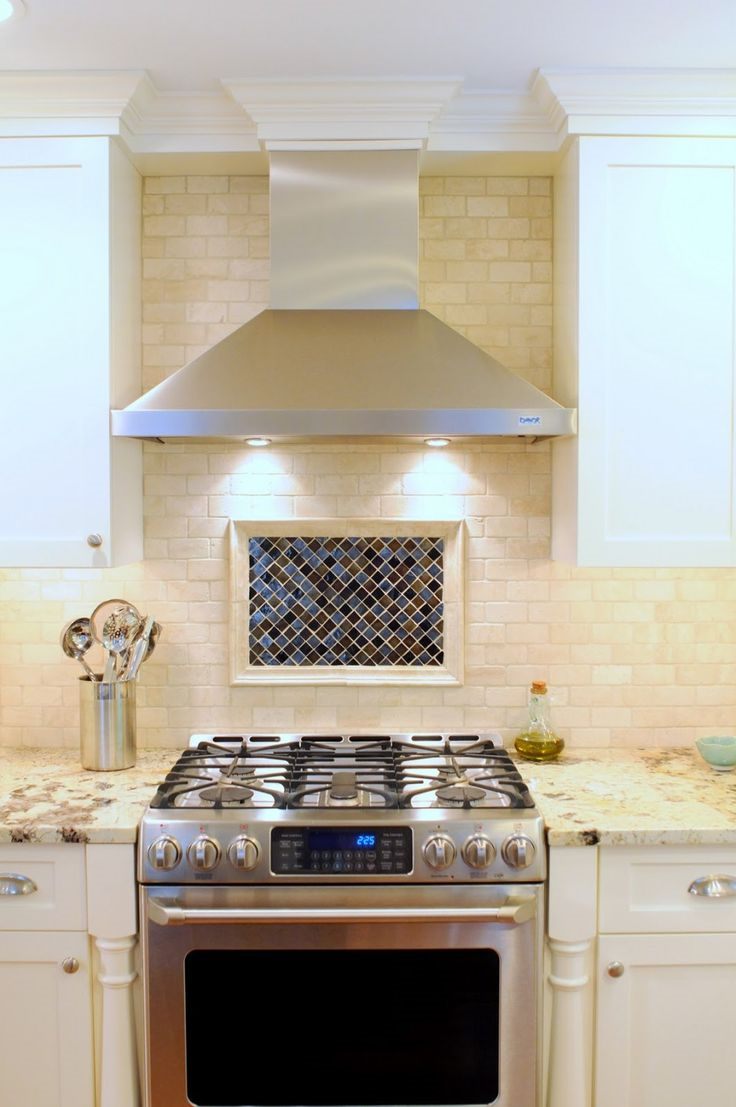
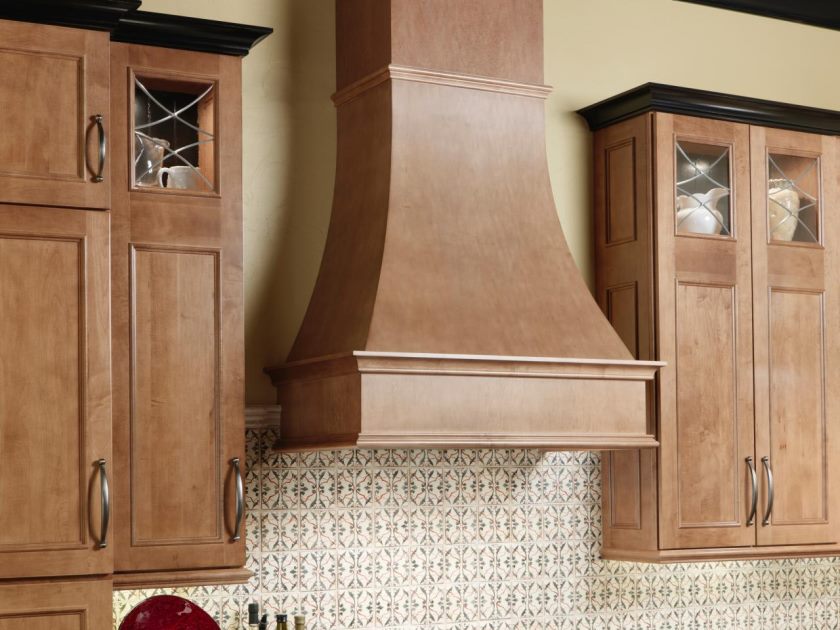
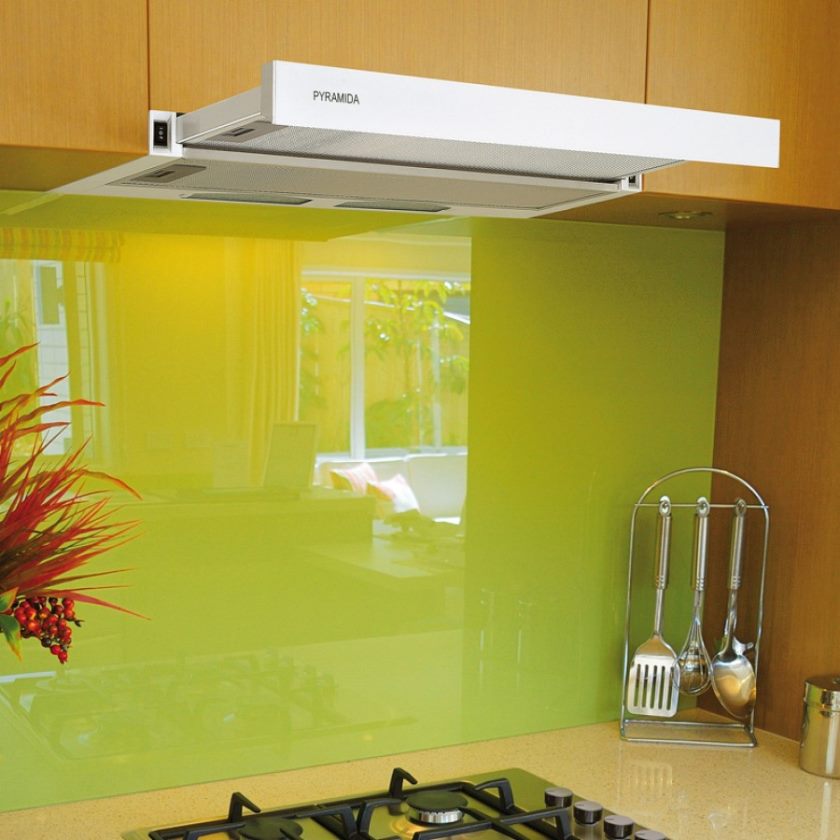
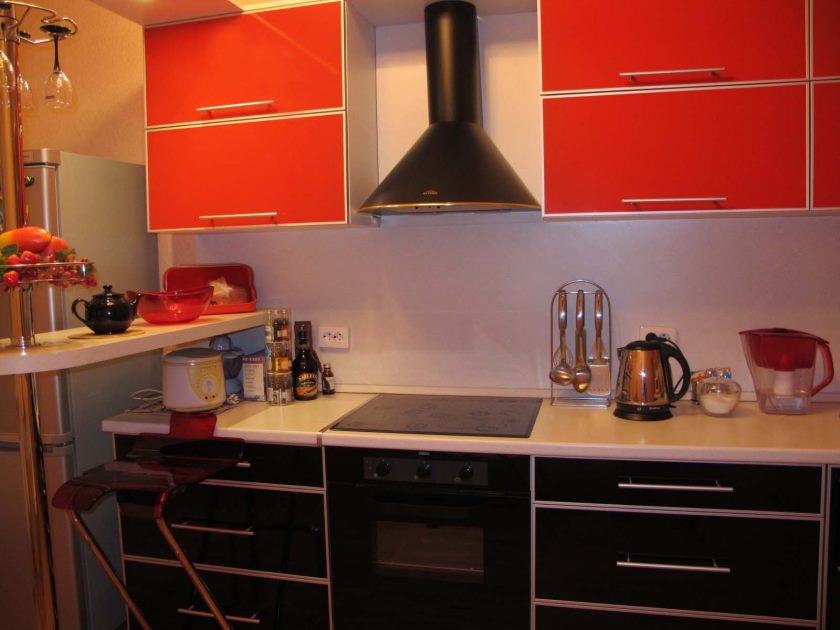
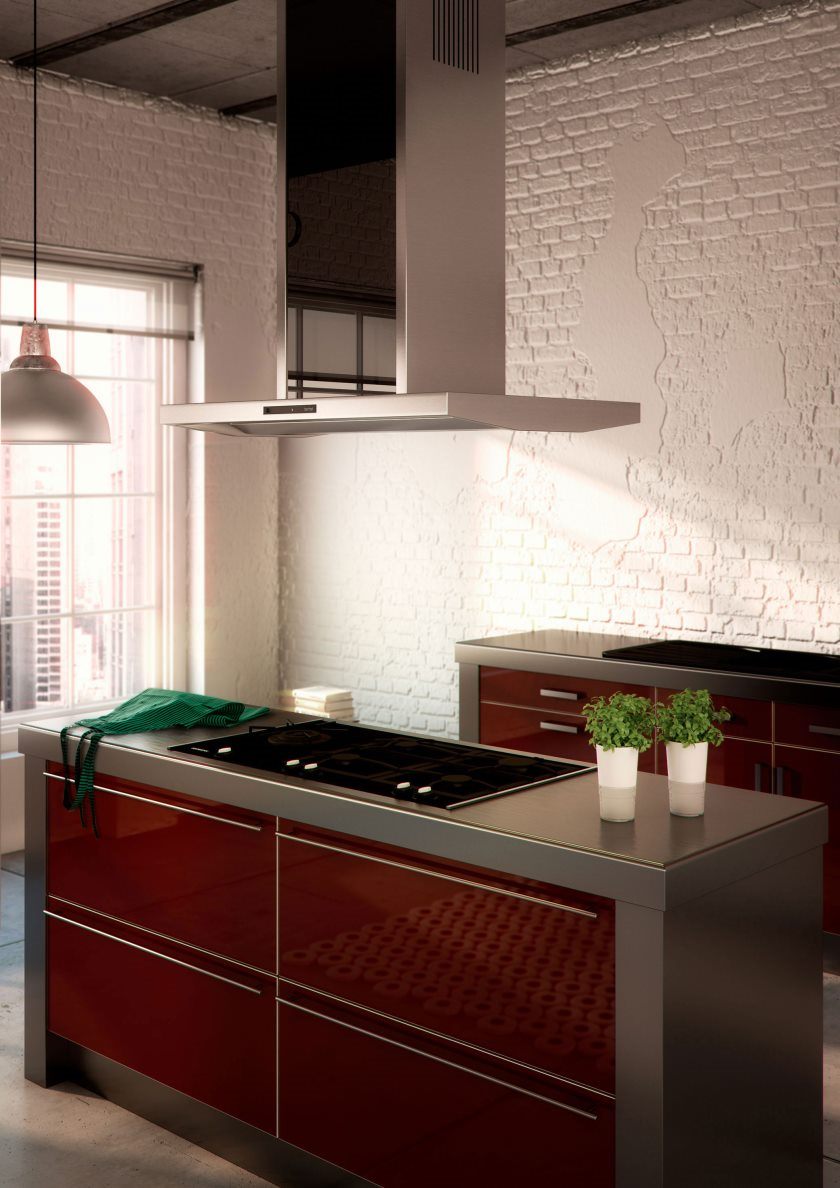
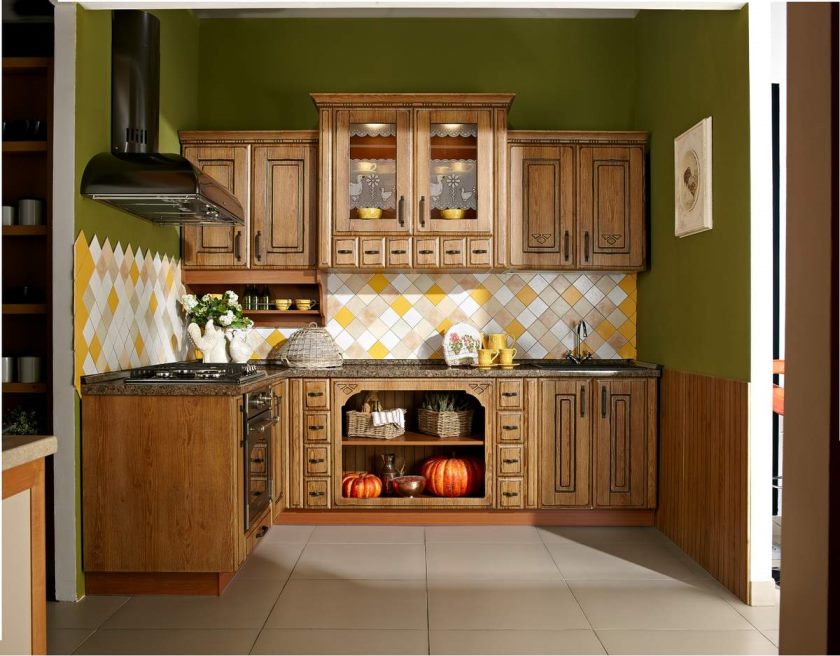

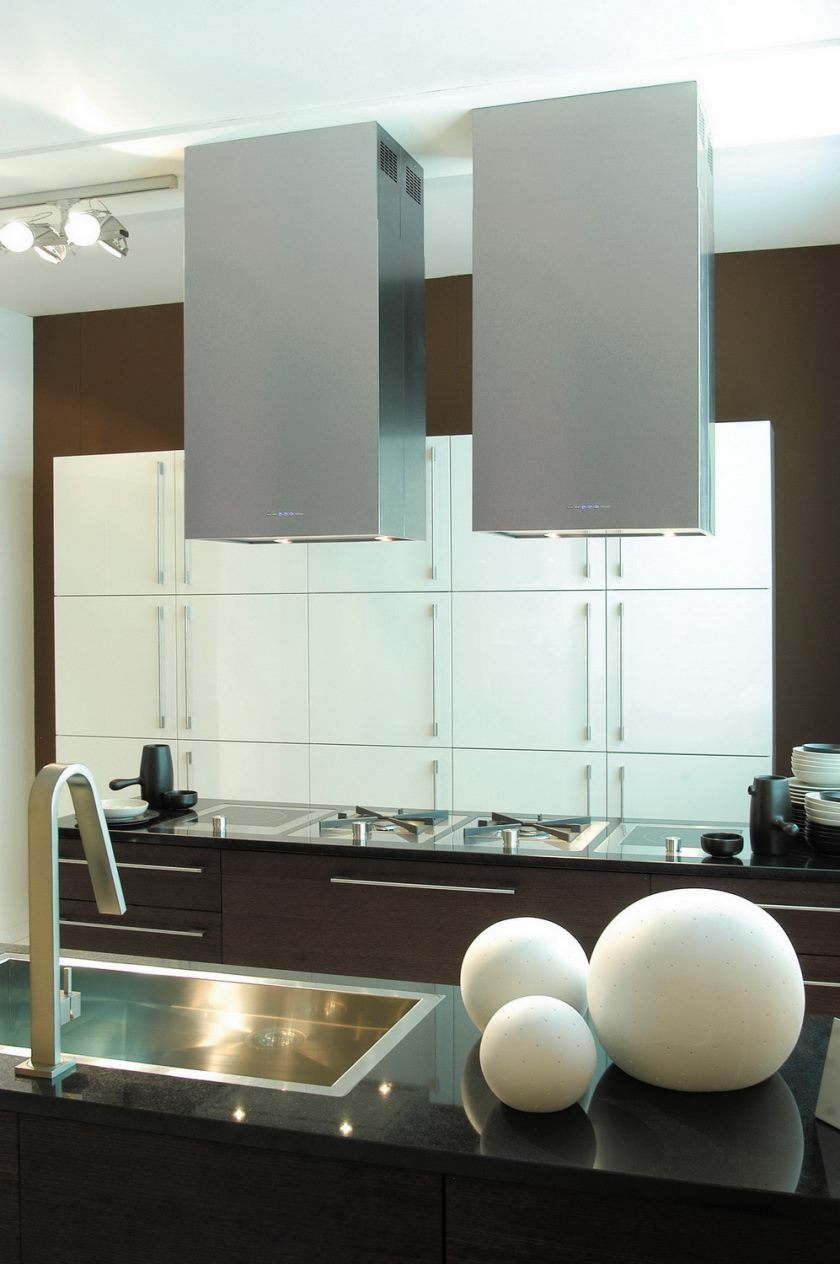

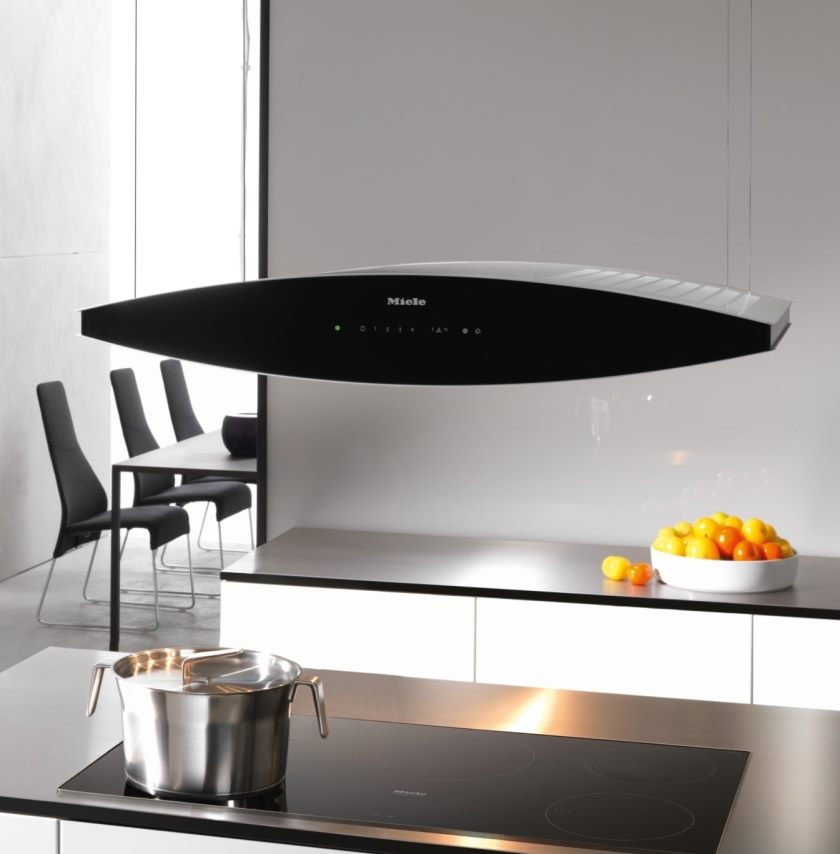
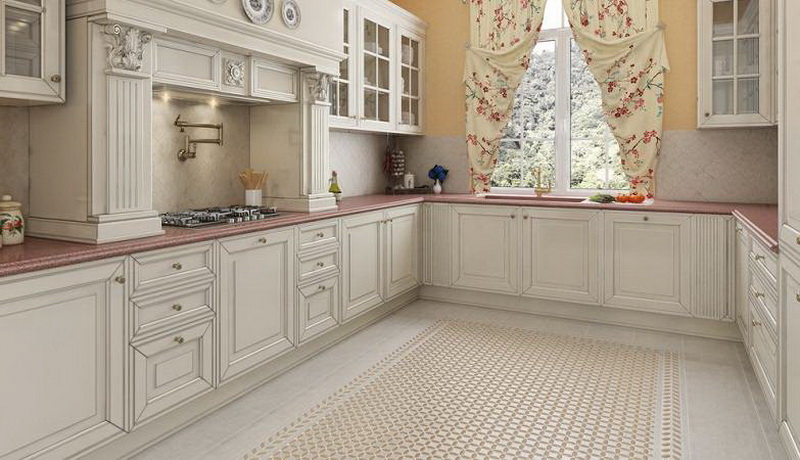


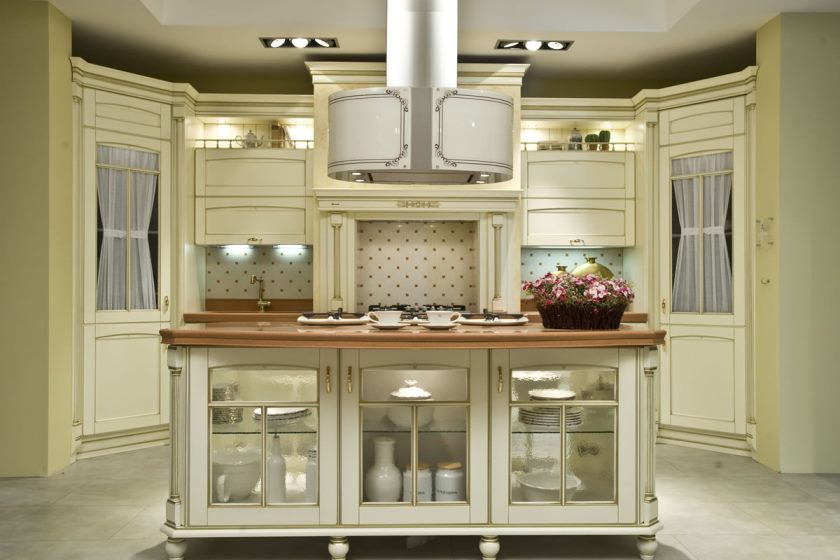

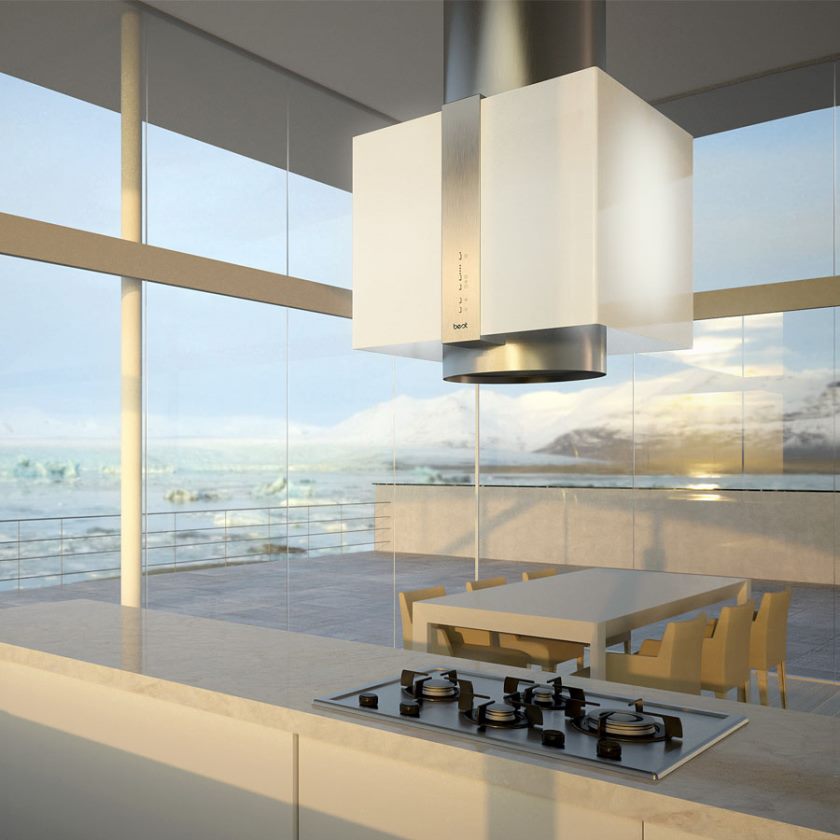



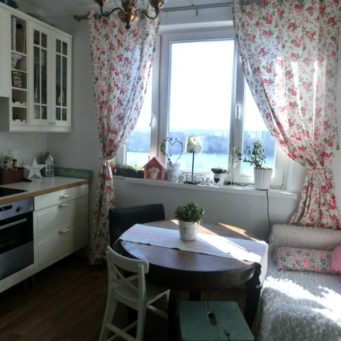
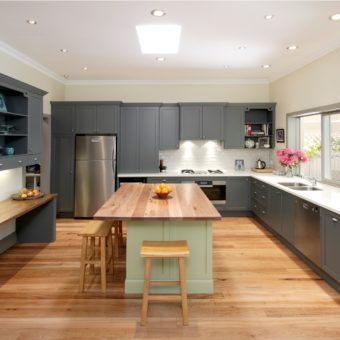
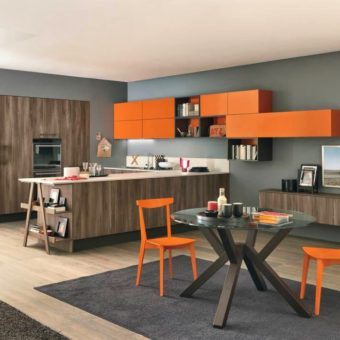
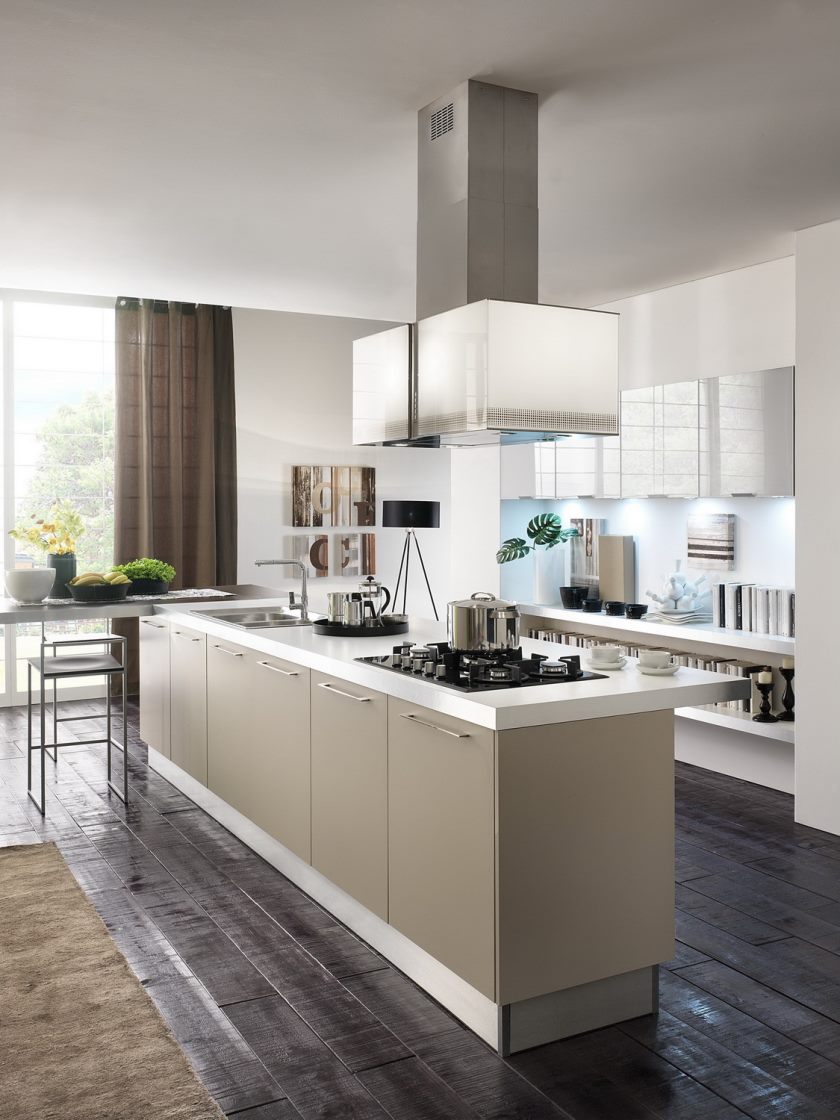
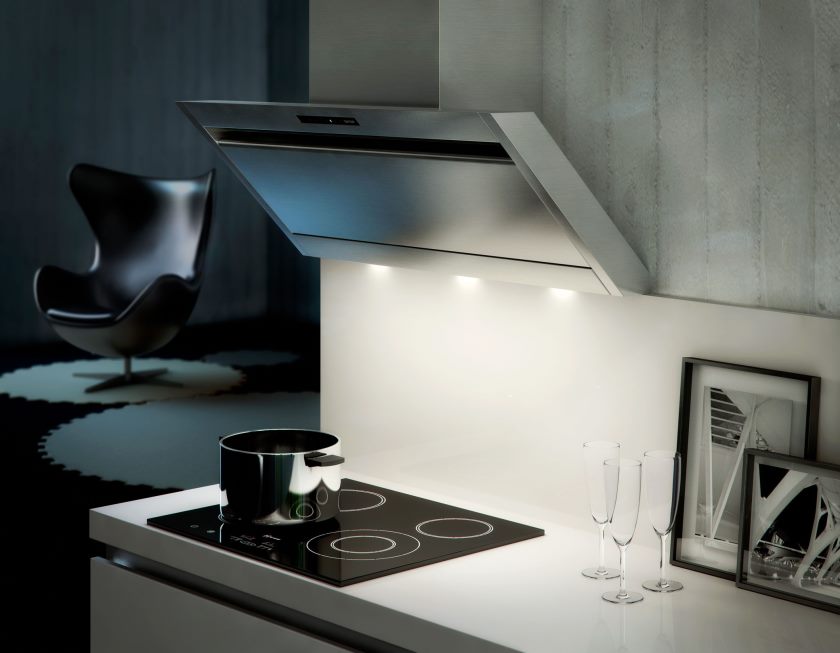
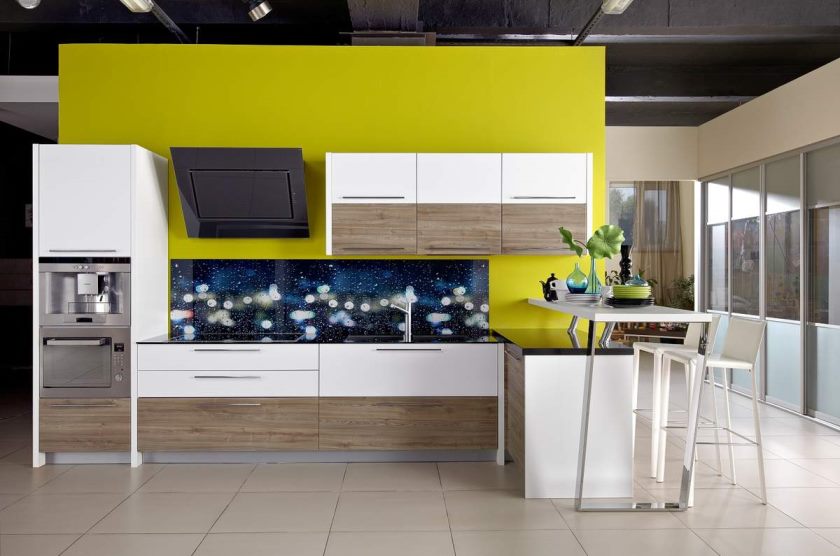
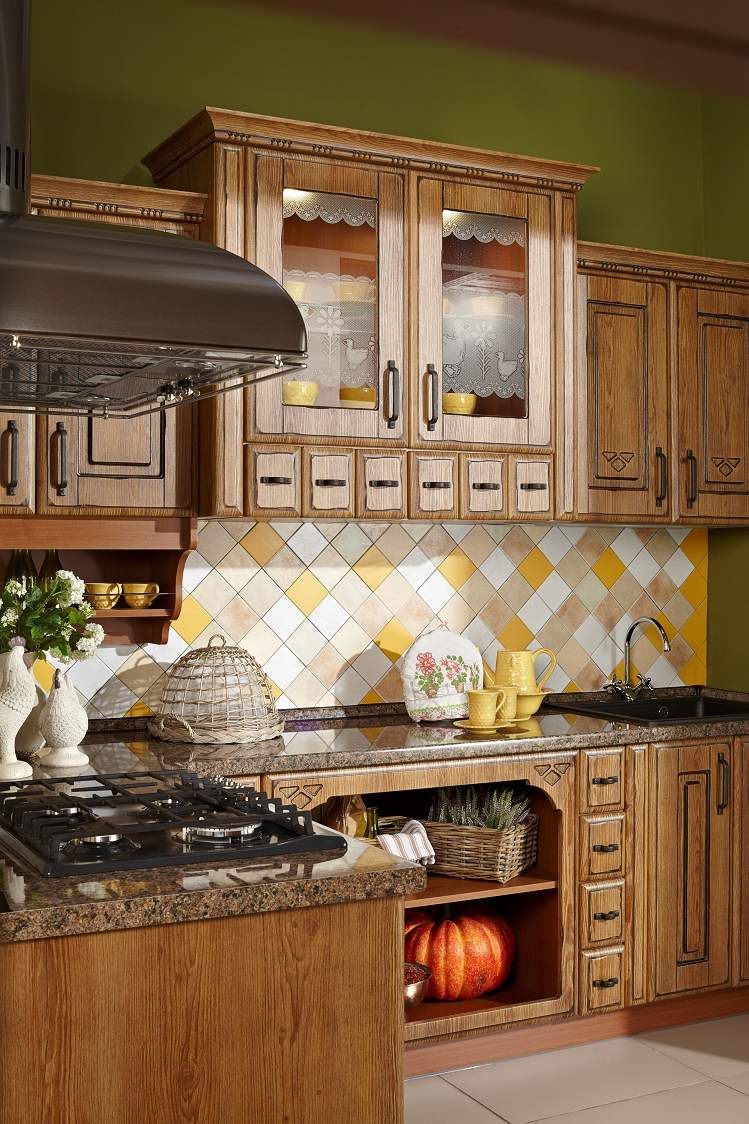

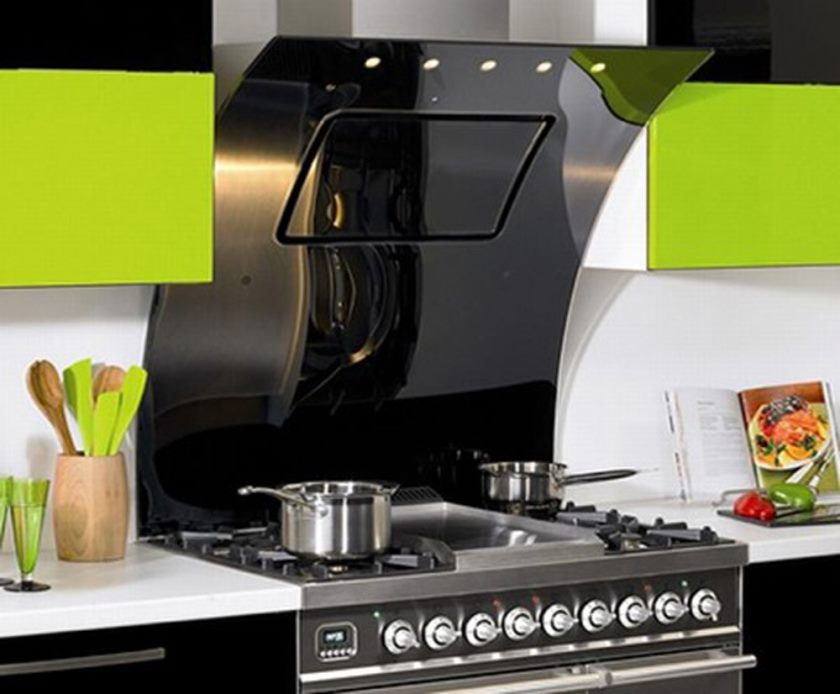
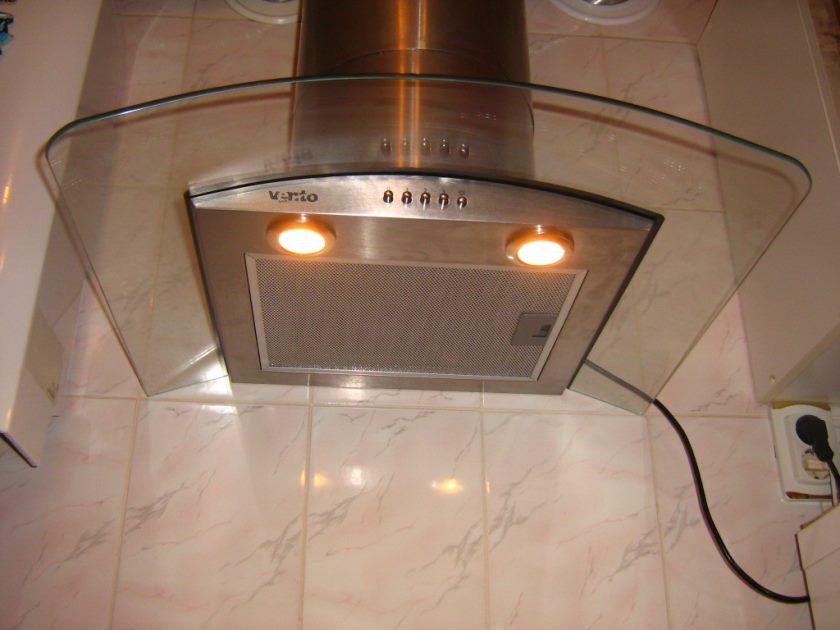
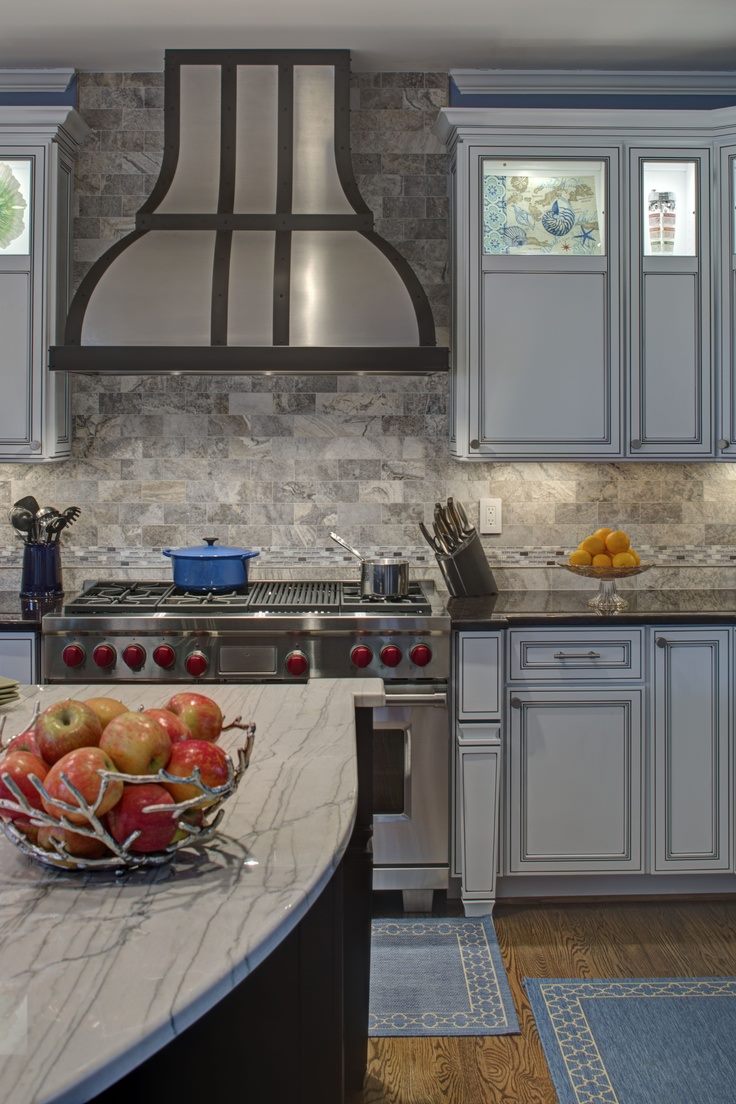

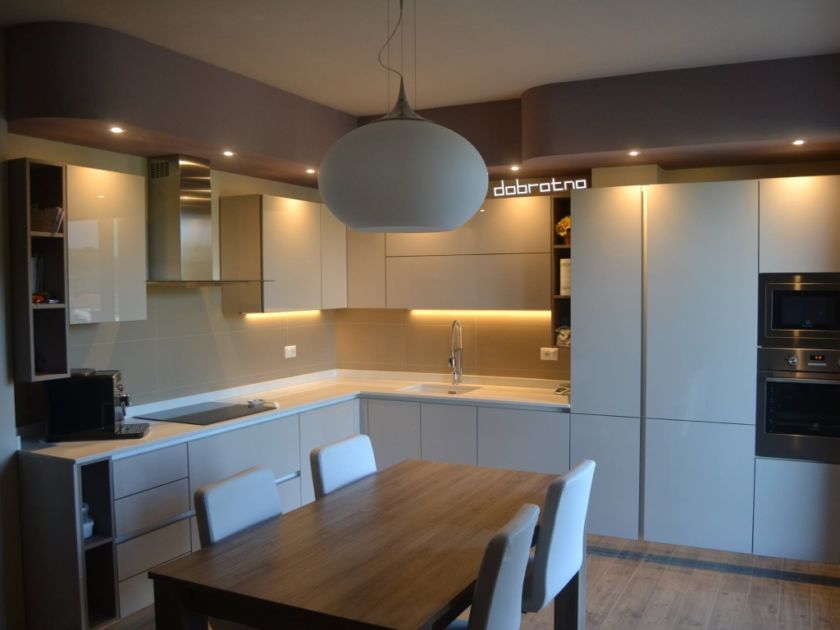

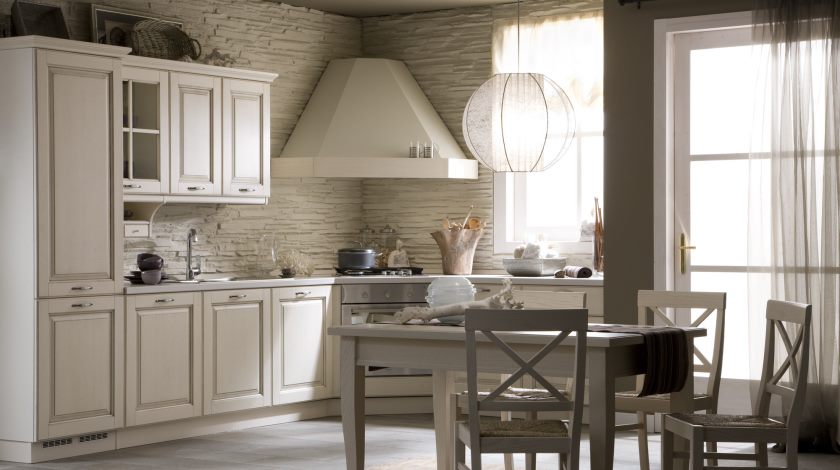
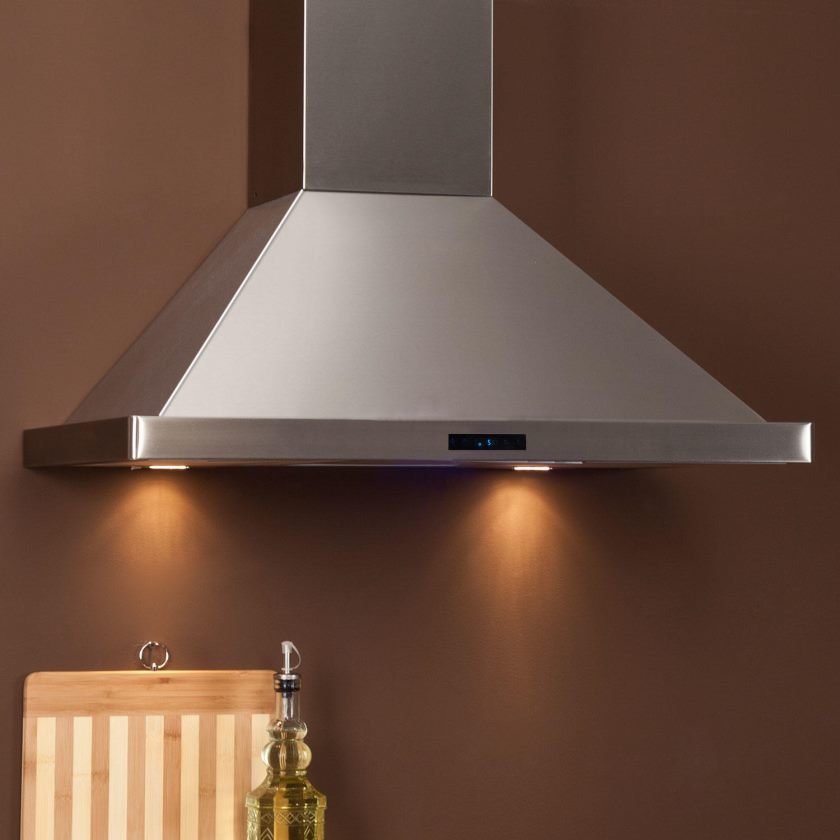

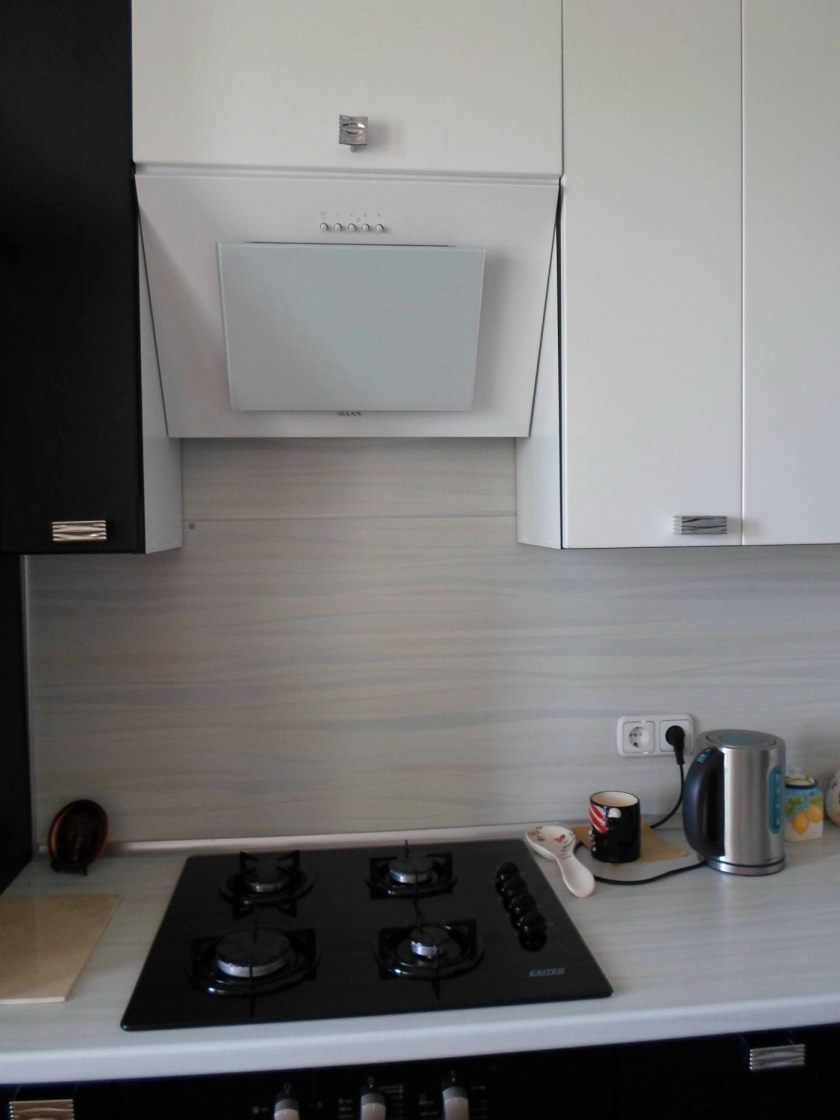

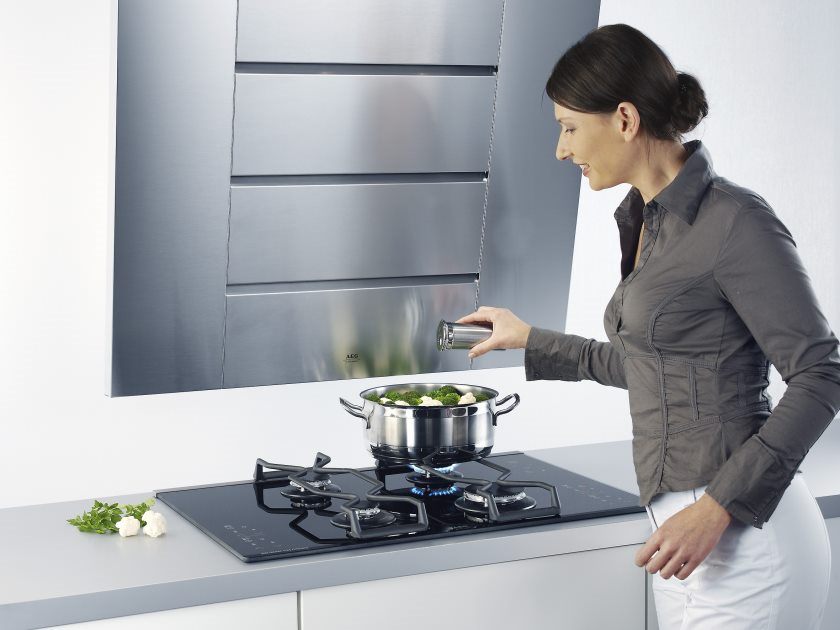
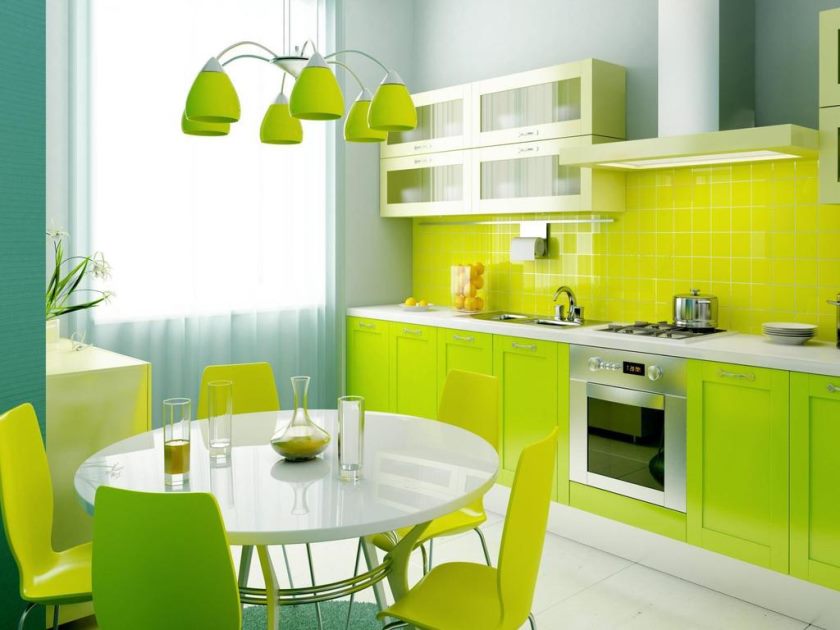
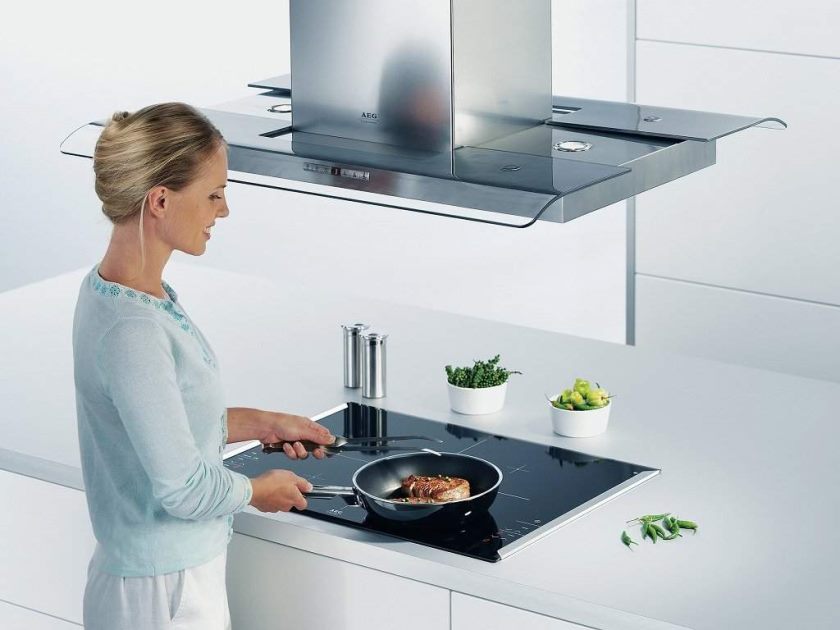

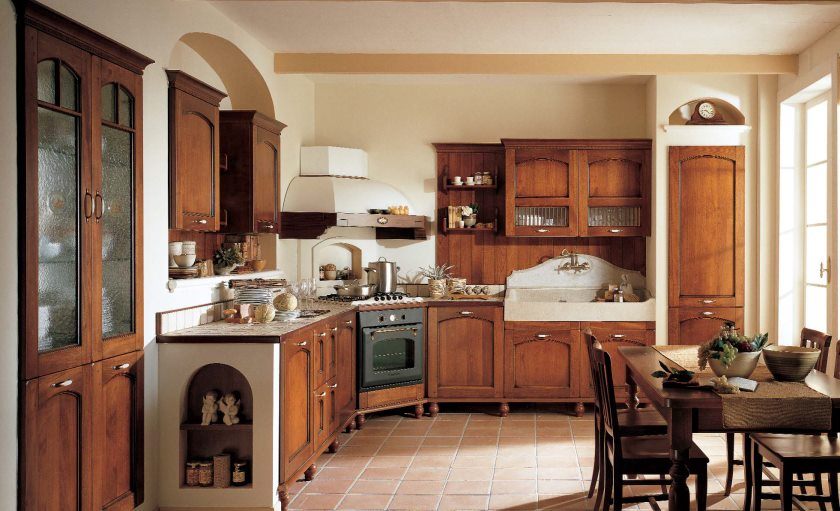
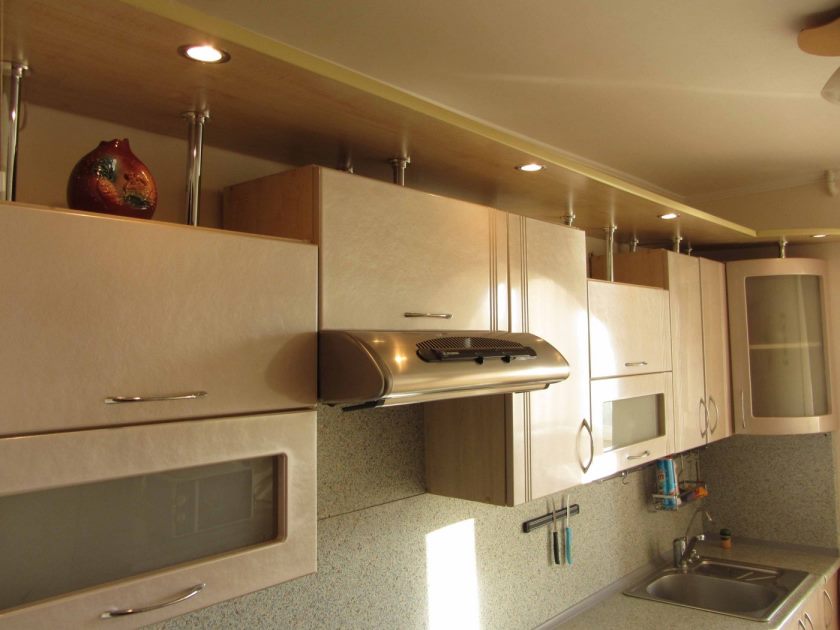
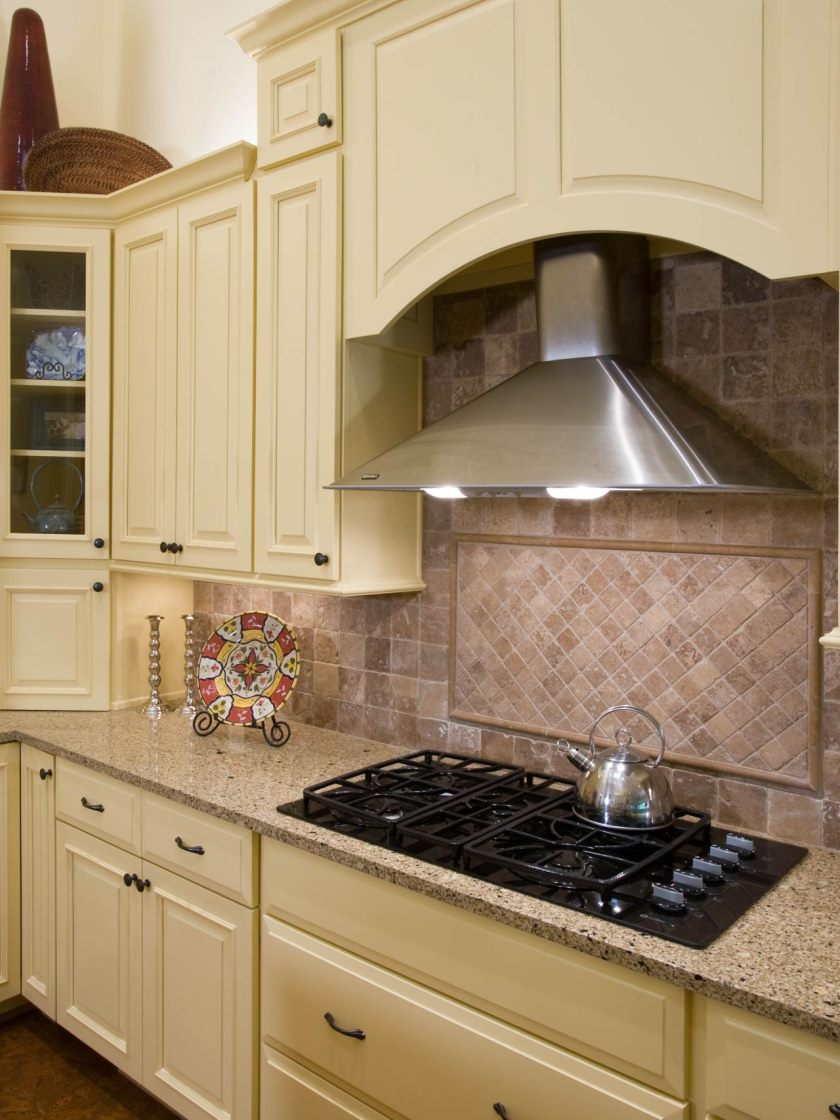
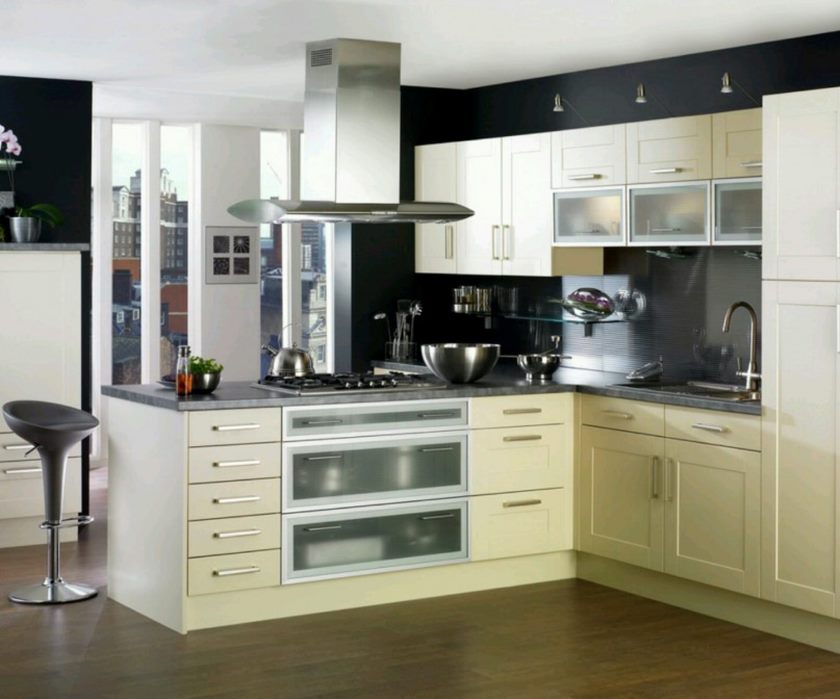
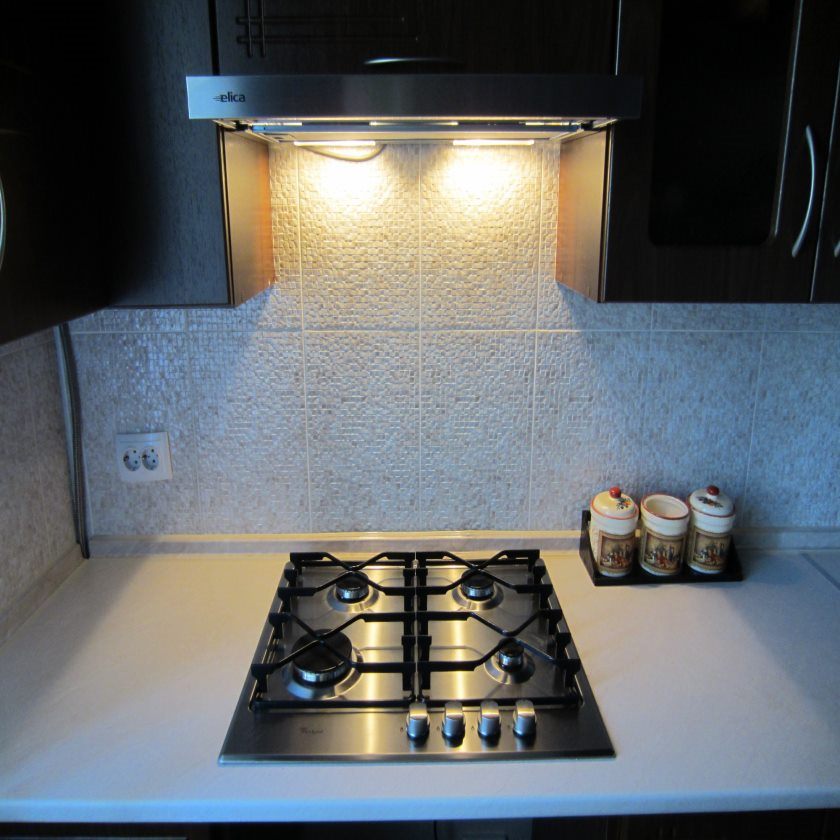
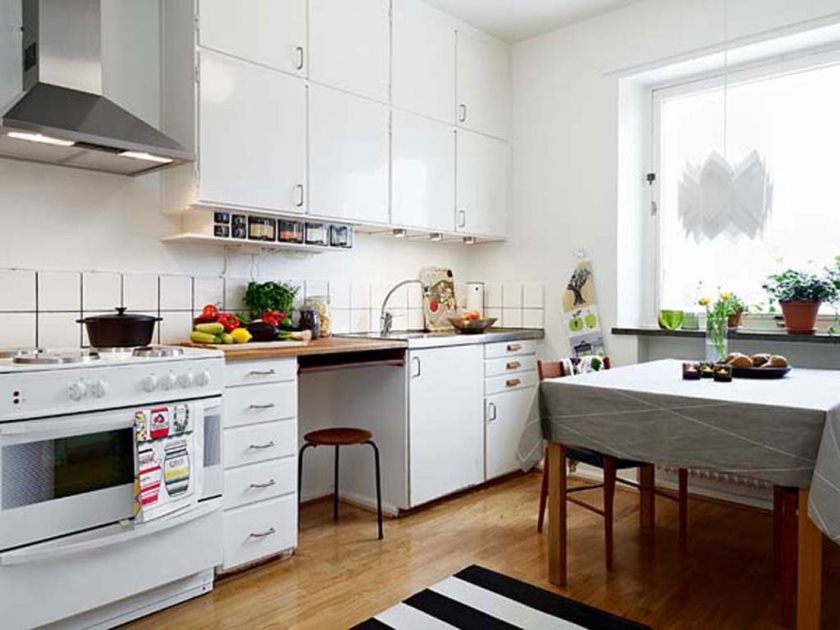

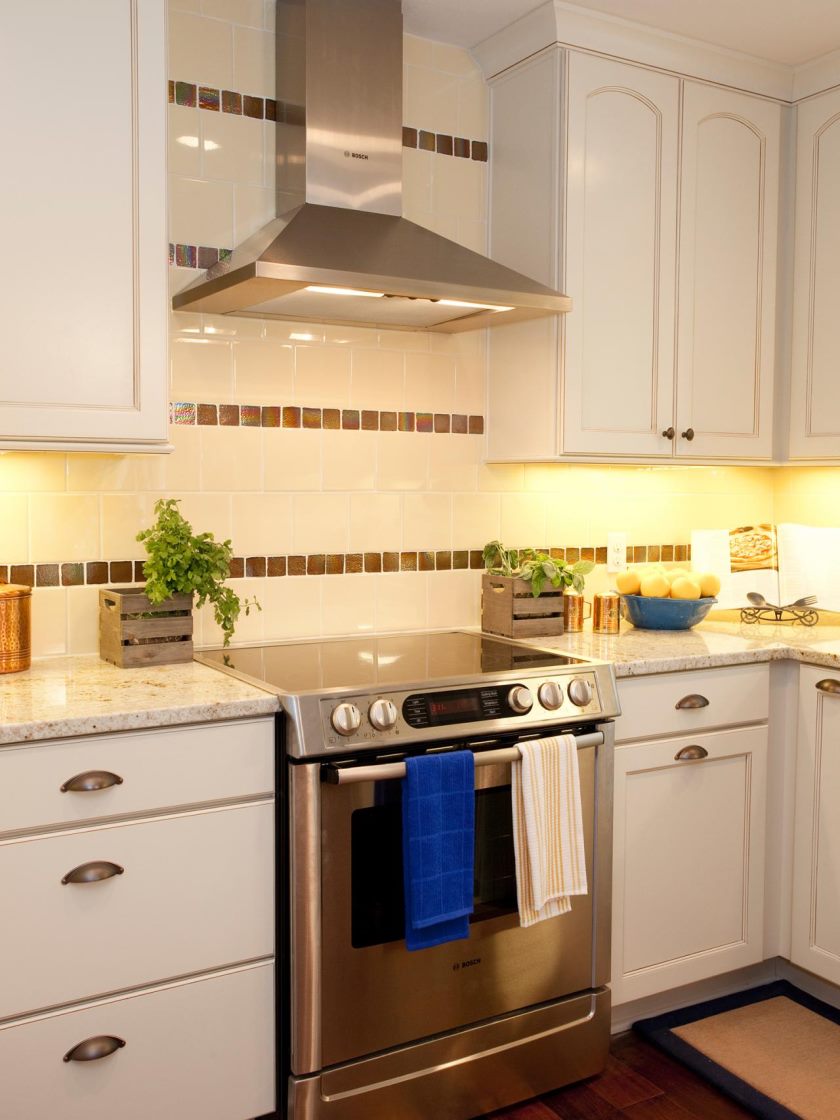
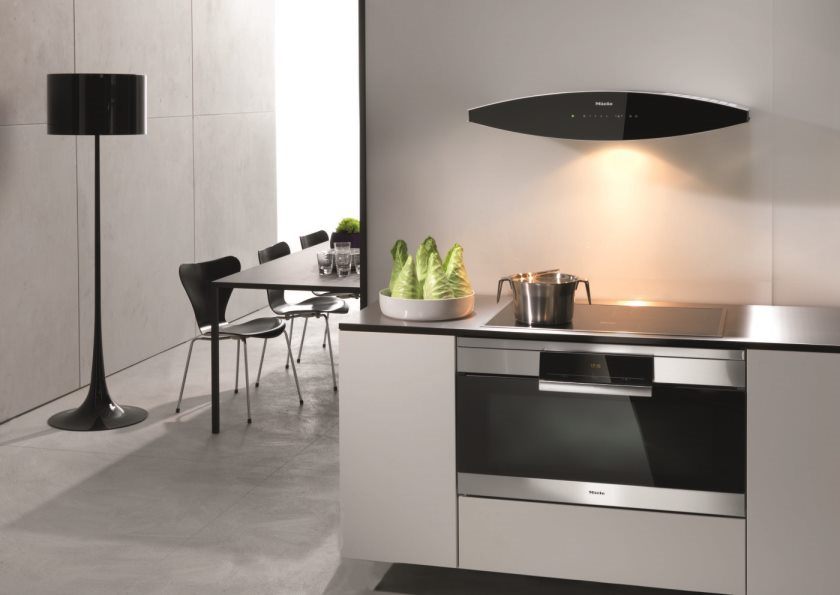

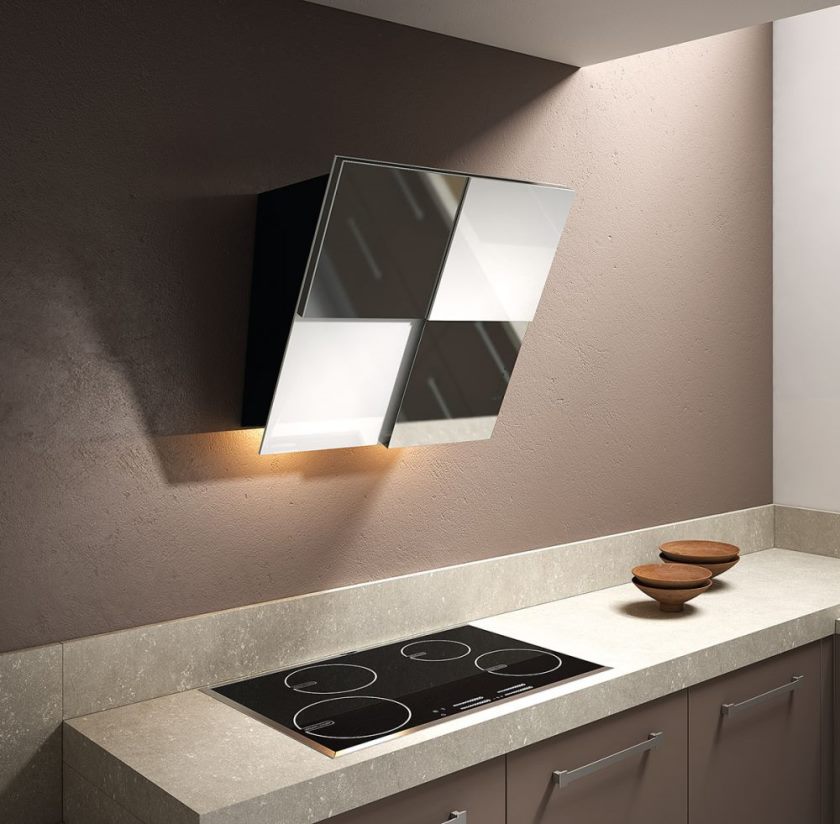
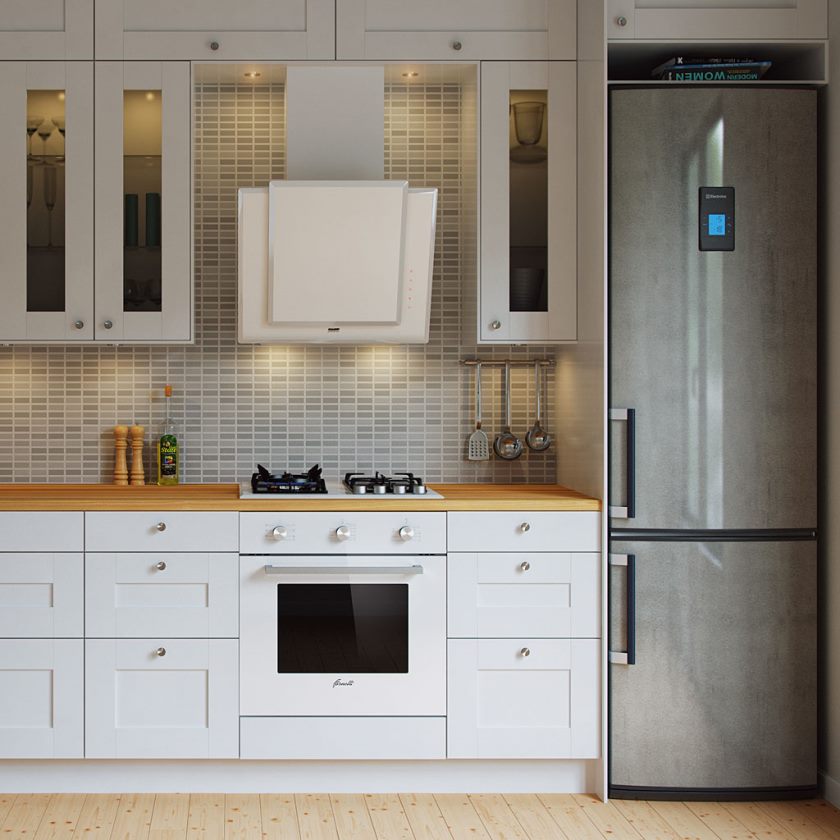
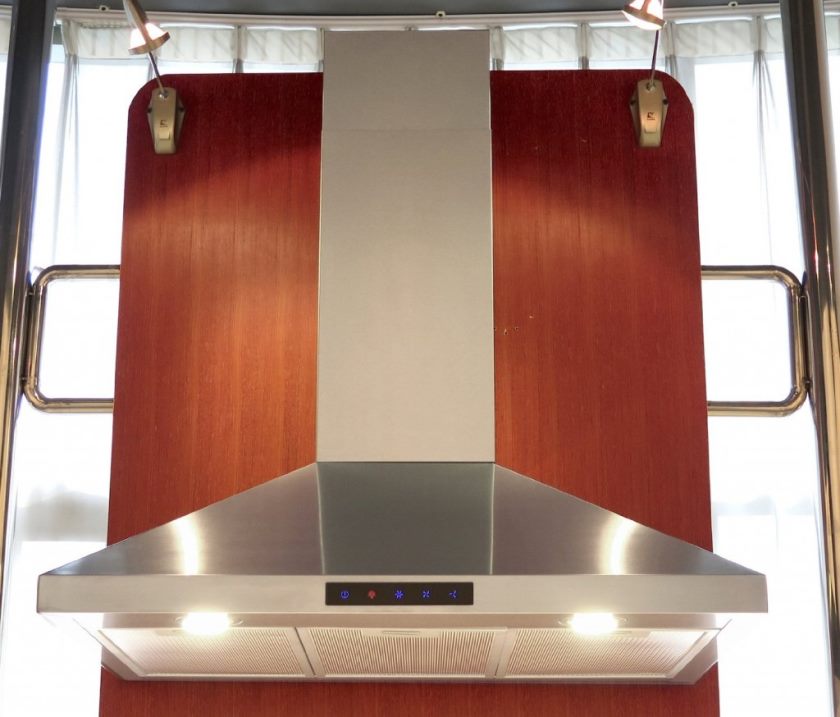
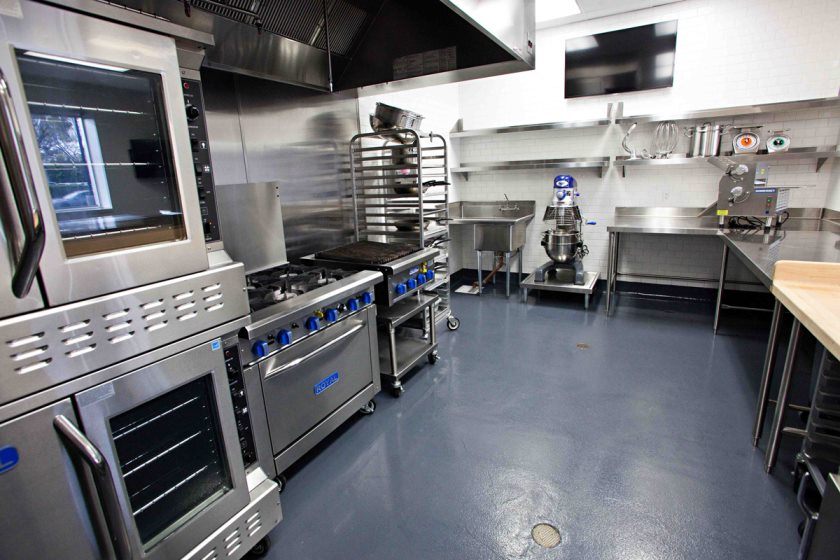
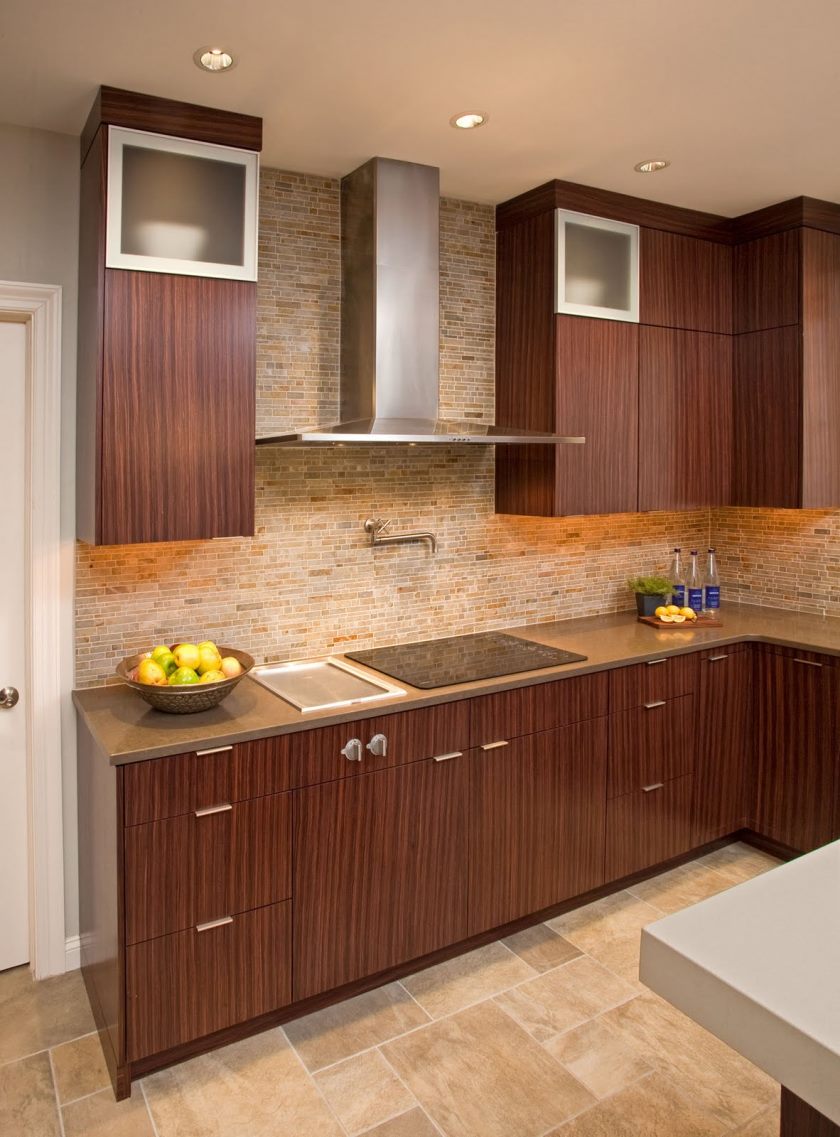
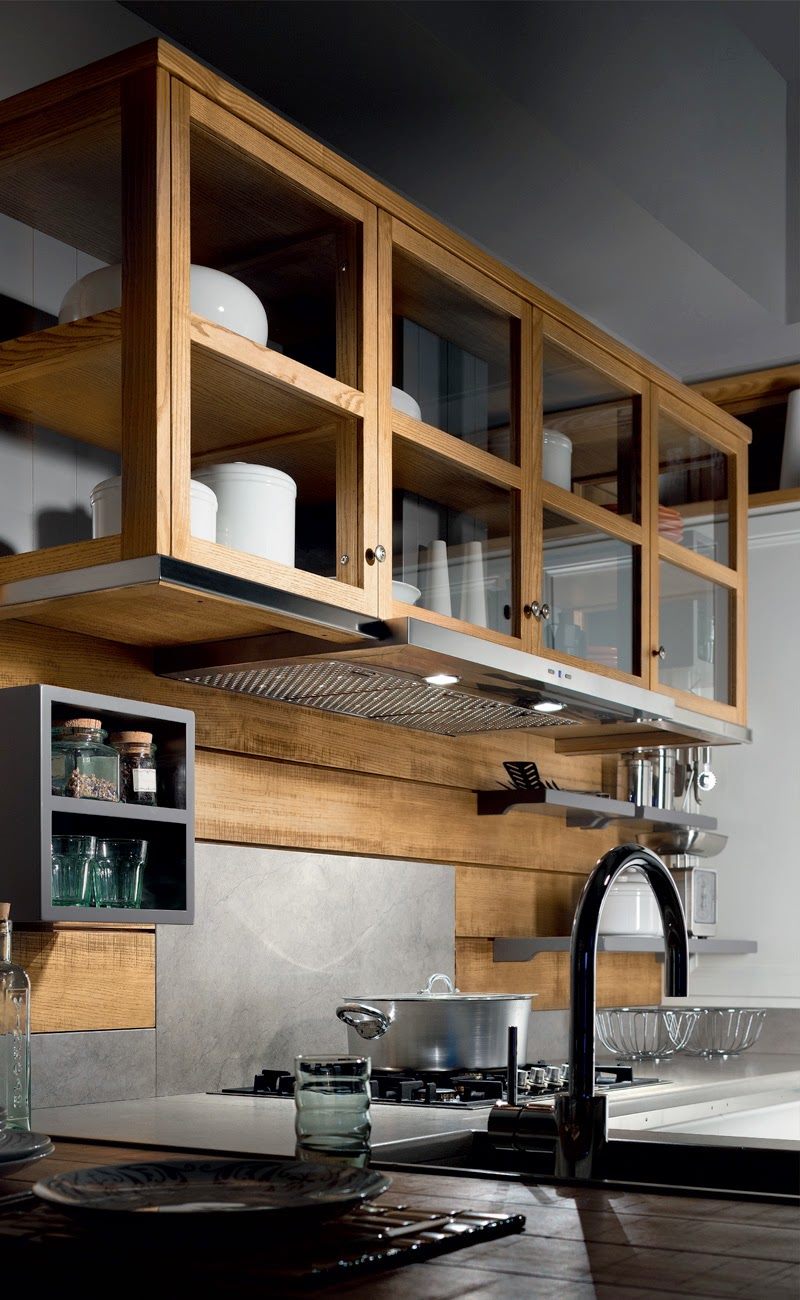

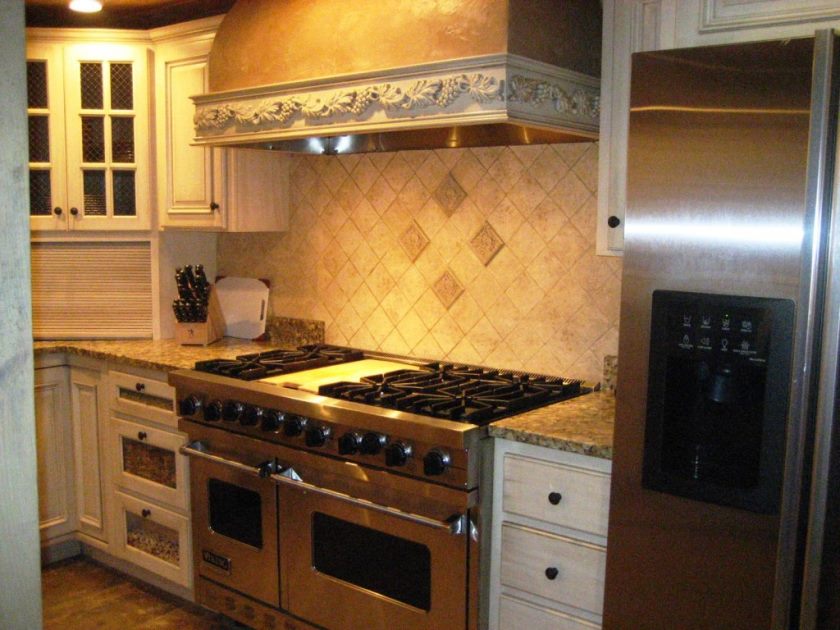
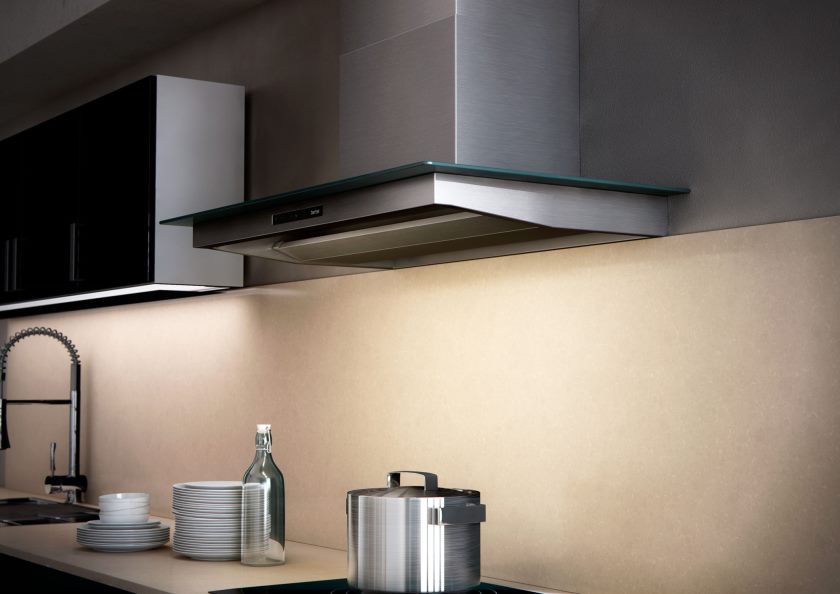

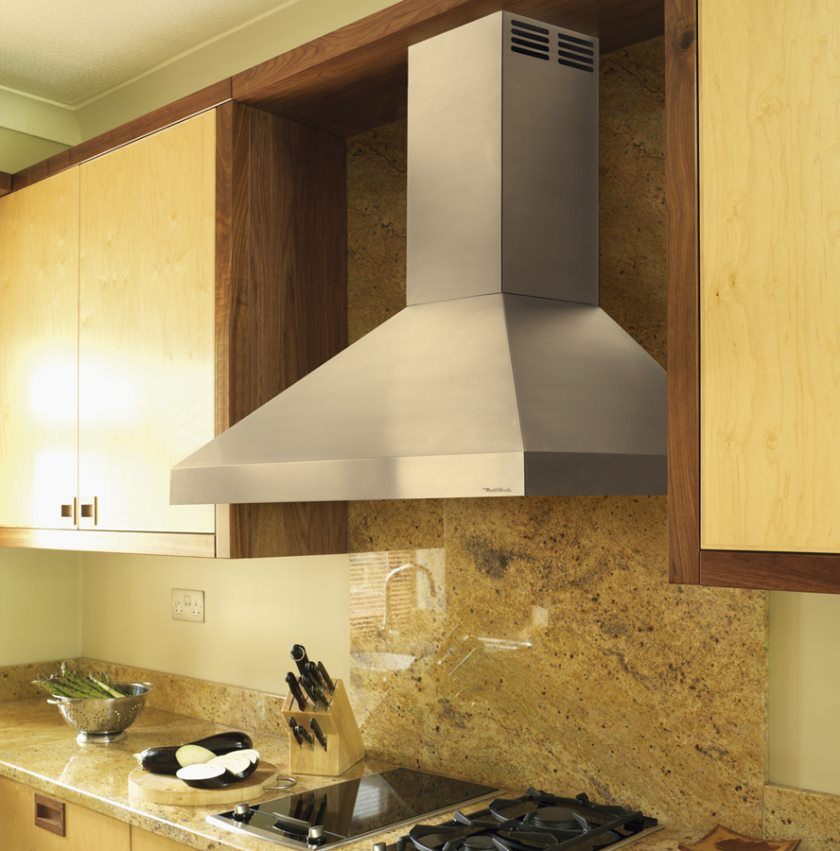
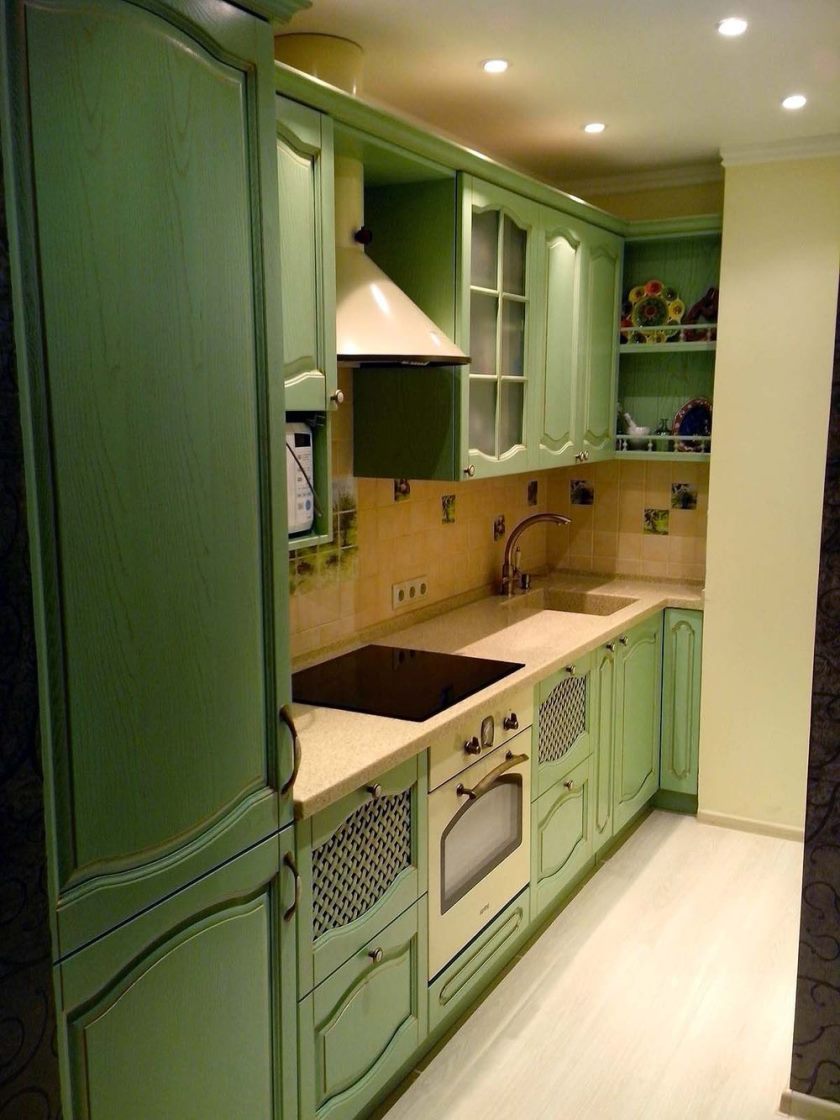
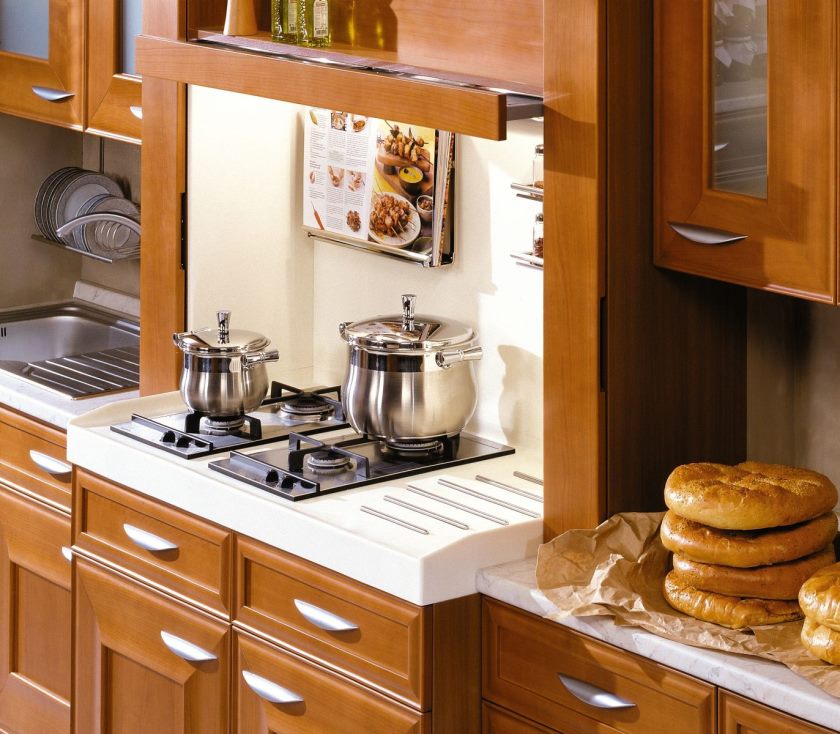
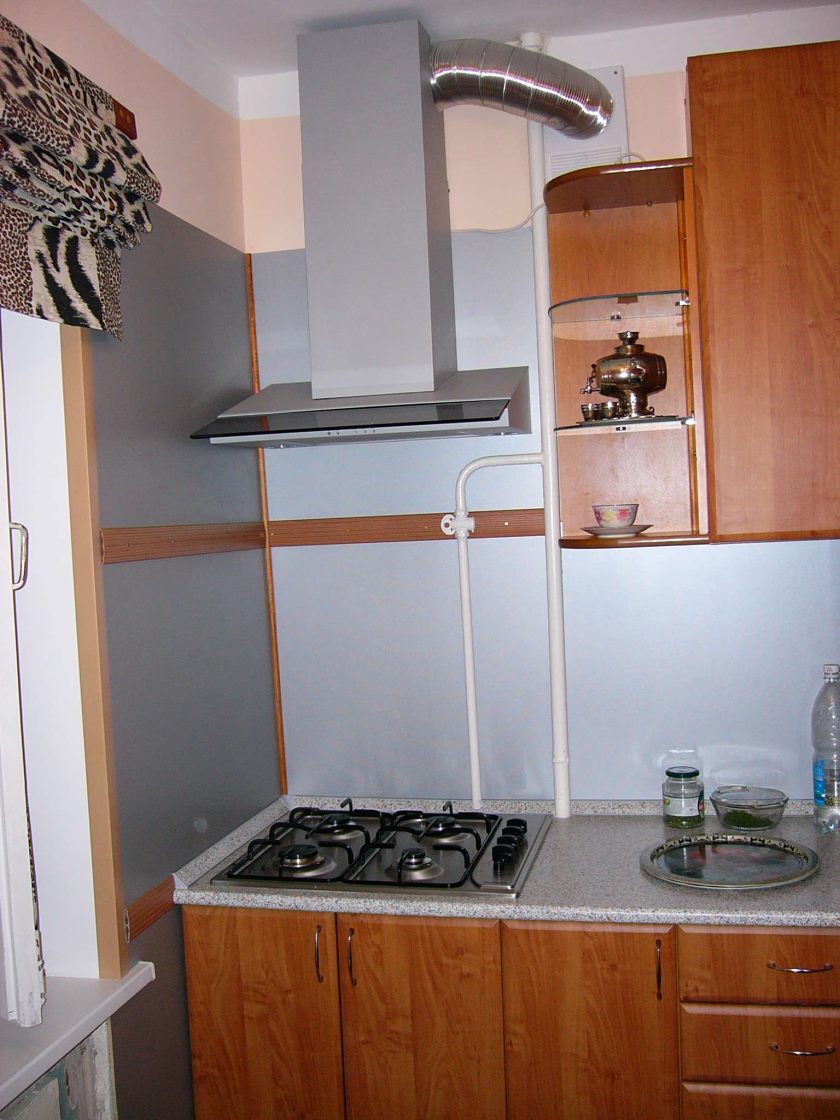



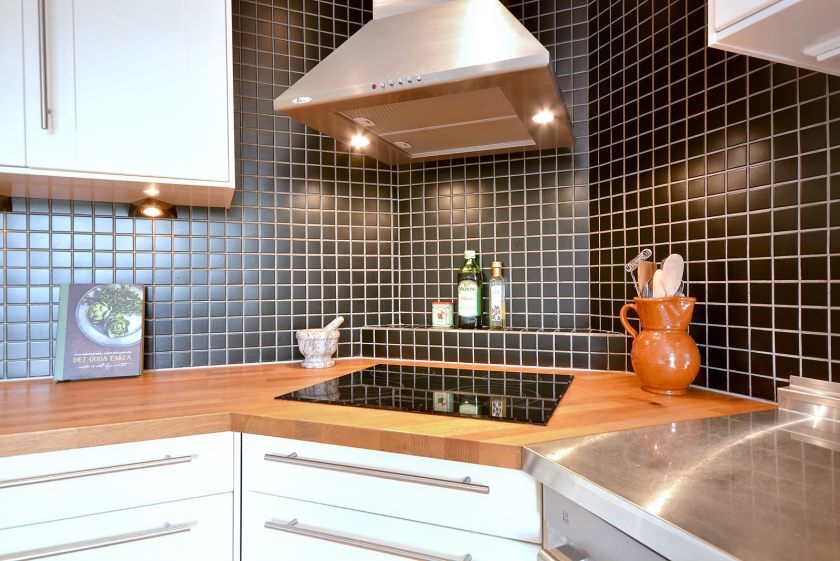
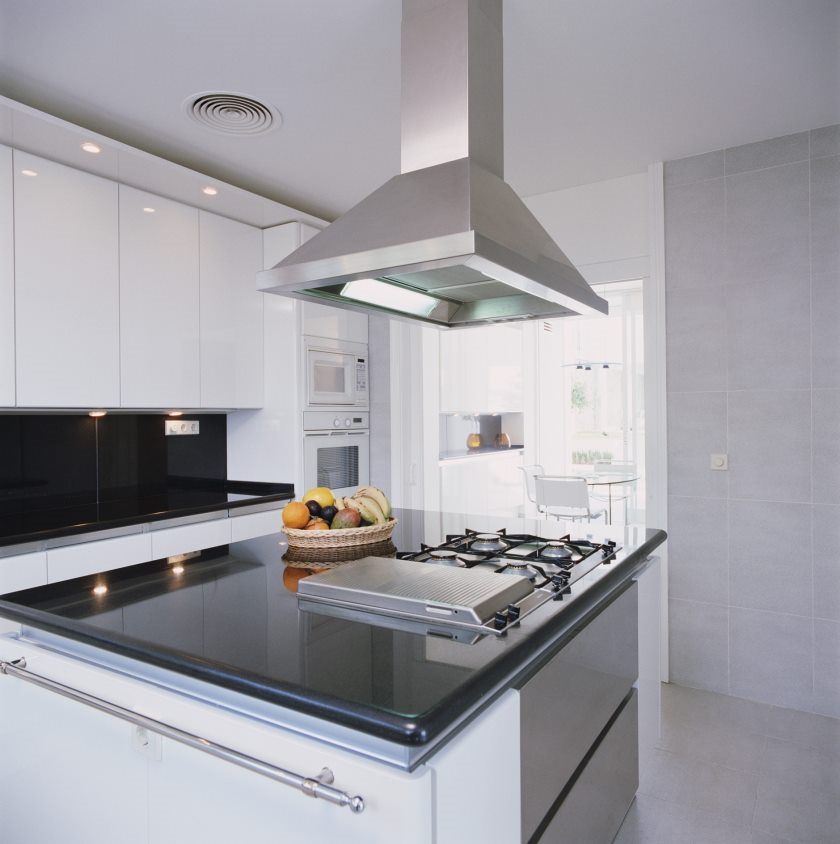
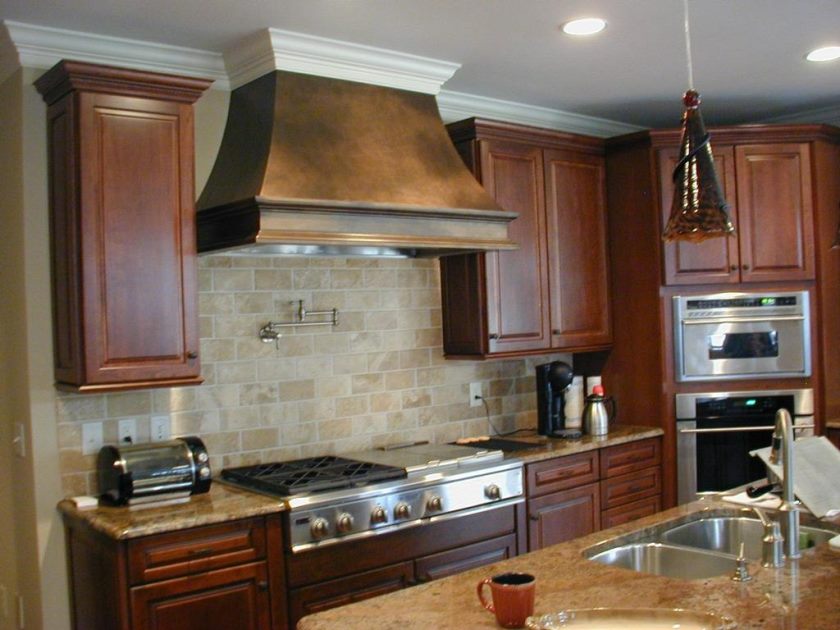
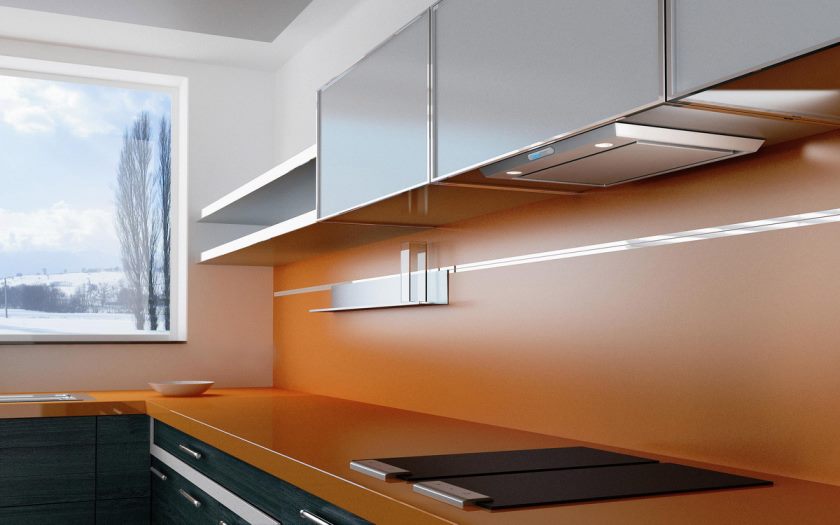
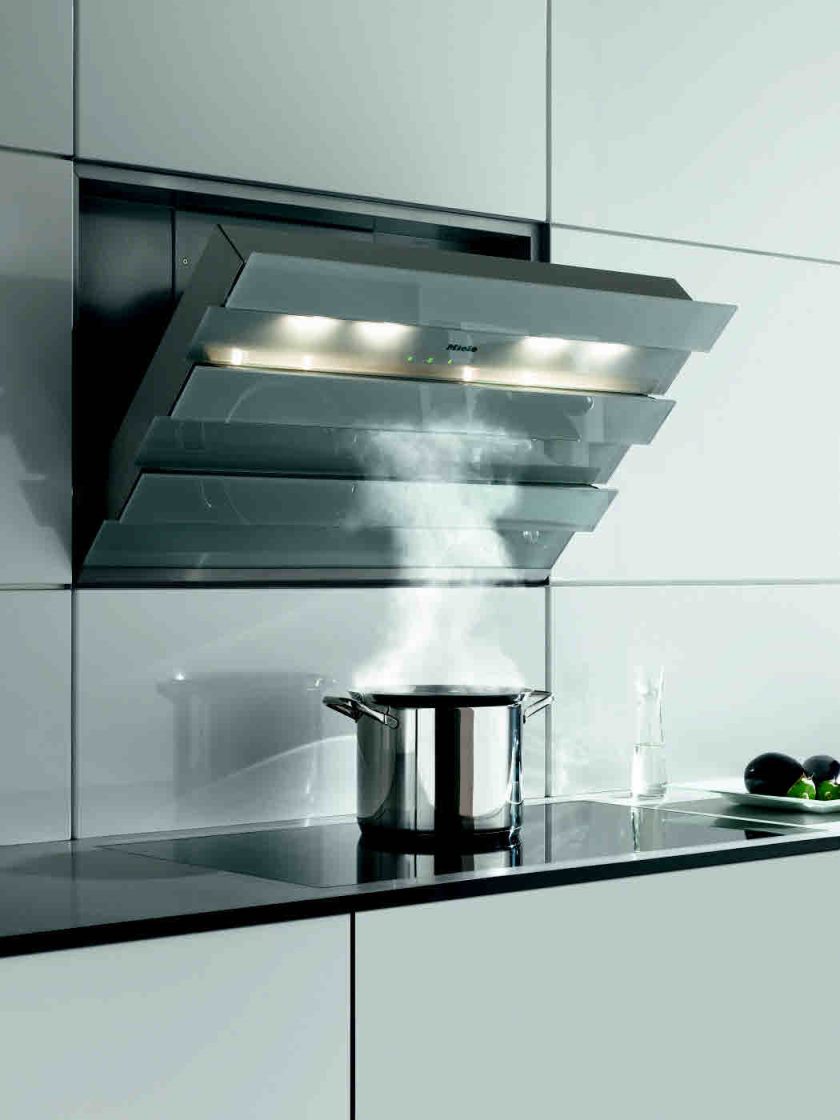
An important factor in choosing a hood for the kitchen is a convenient and accessible space for wiping and cleaning, because a burner and grease deposits must accumulate over any stove and they must be removed regularly or a hood must be selected with removable filters for convenient rinsing. Contamination depends on the intensity of the cooking. the more you cook the more often you wash, everything is simple.